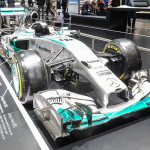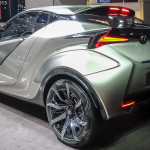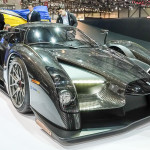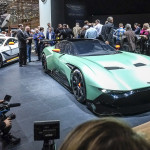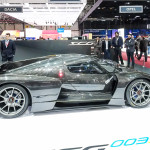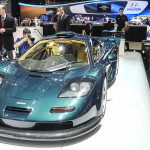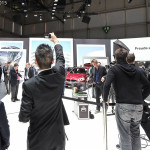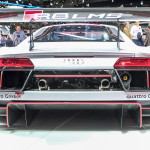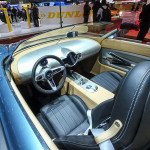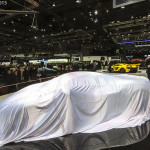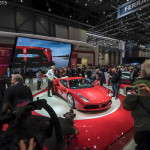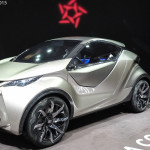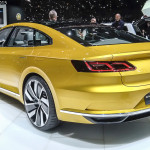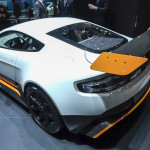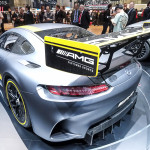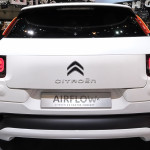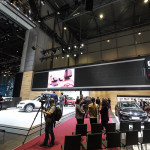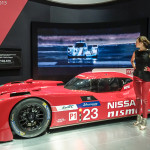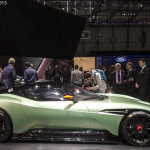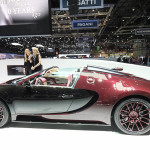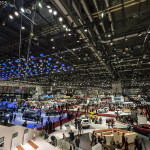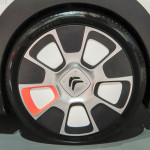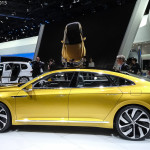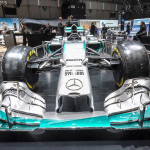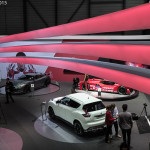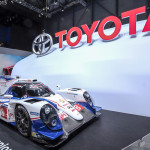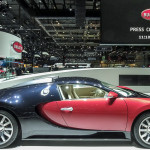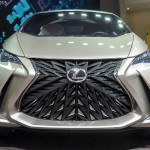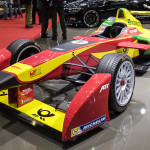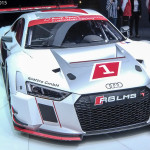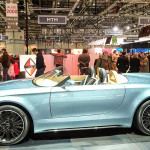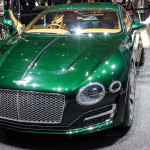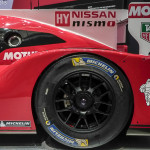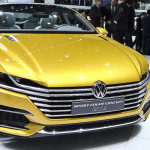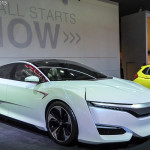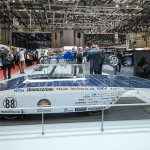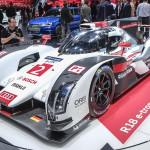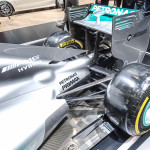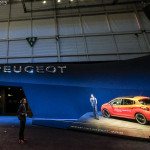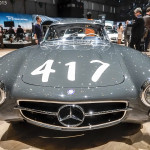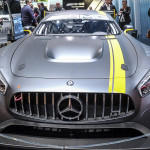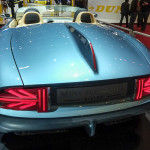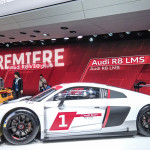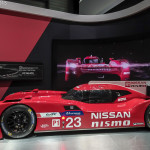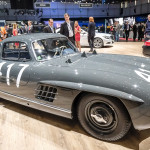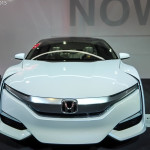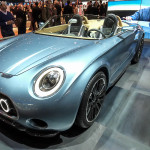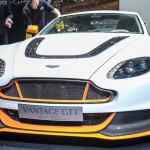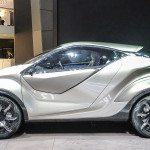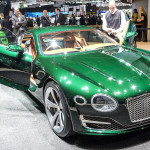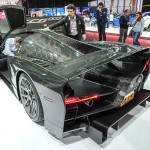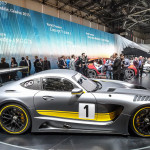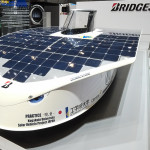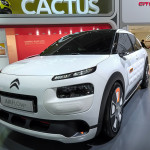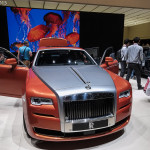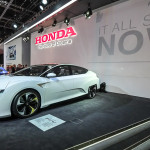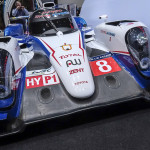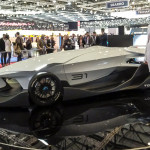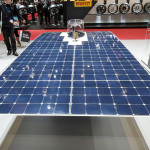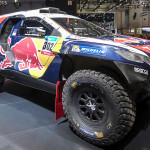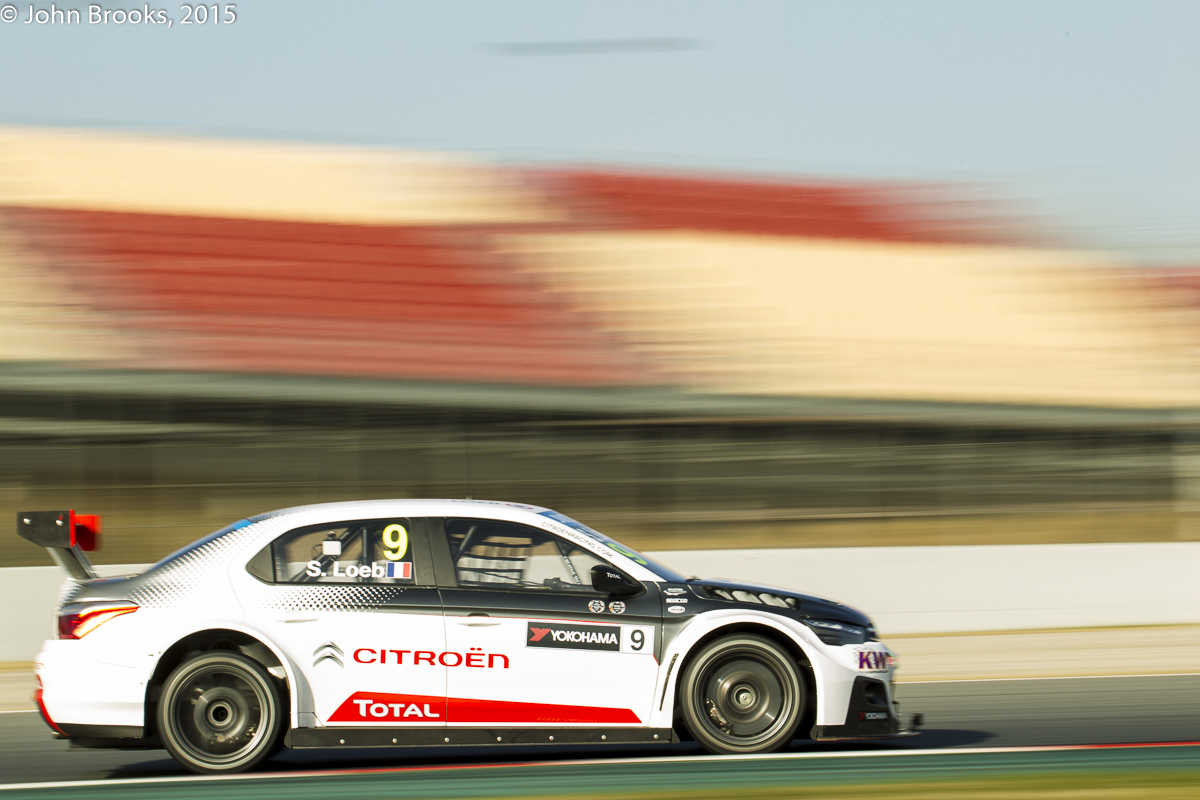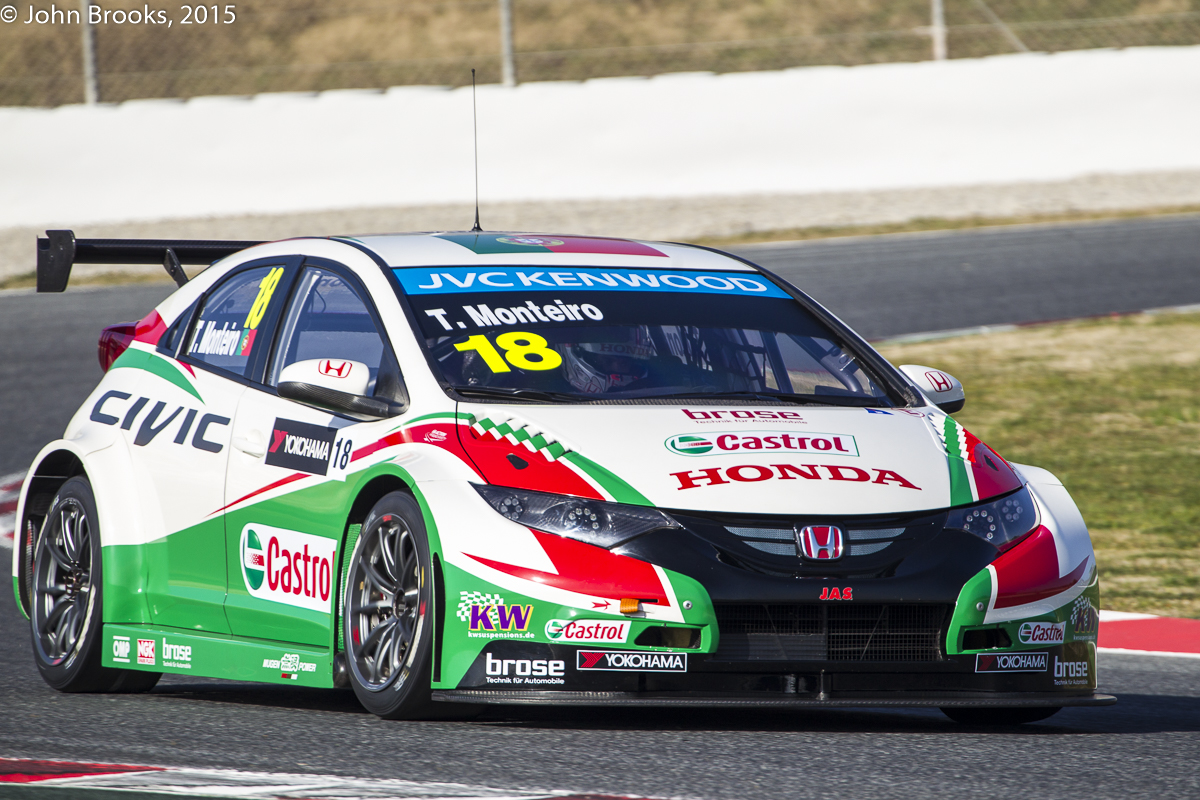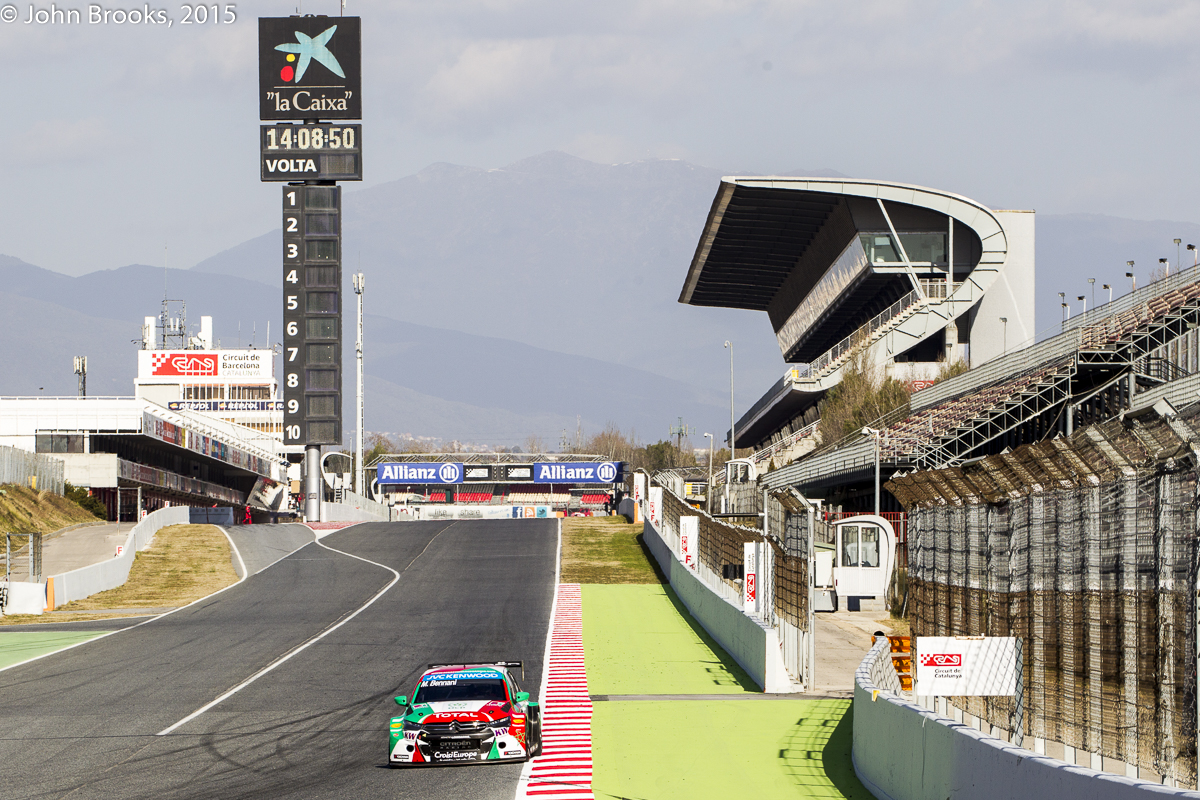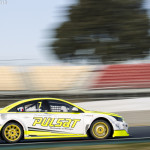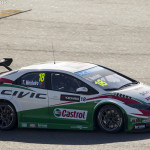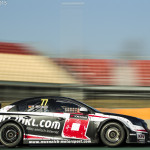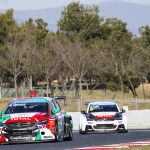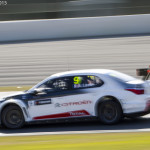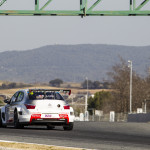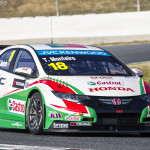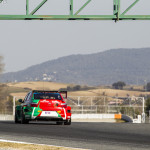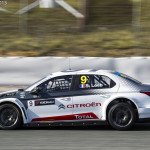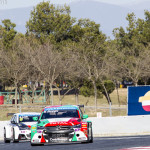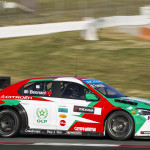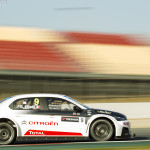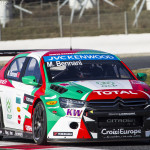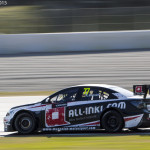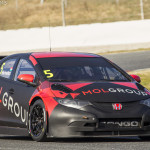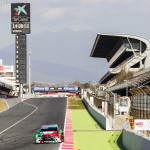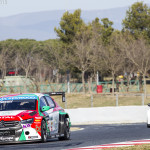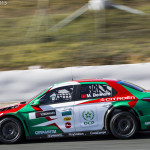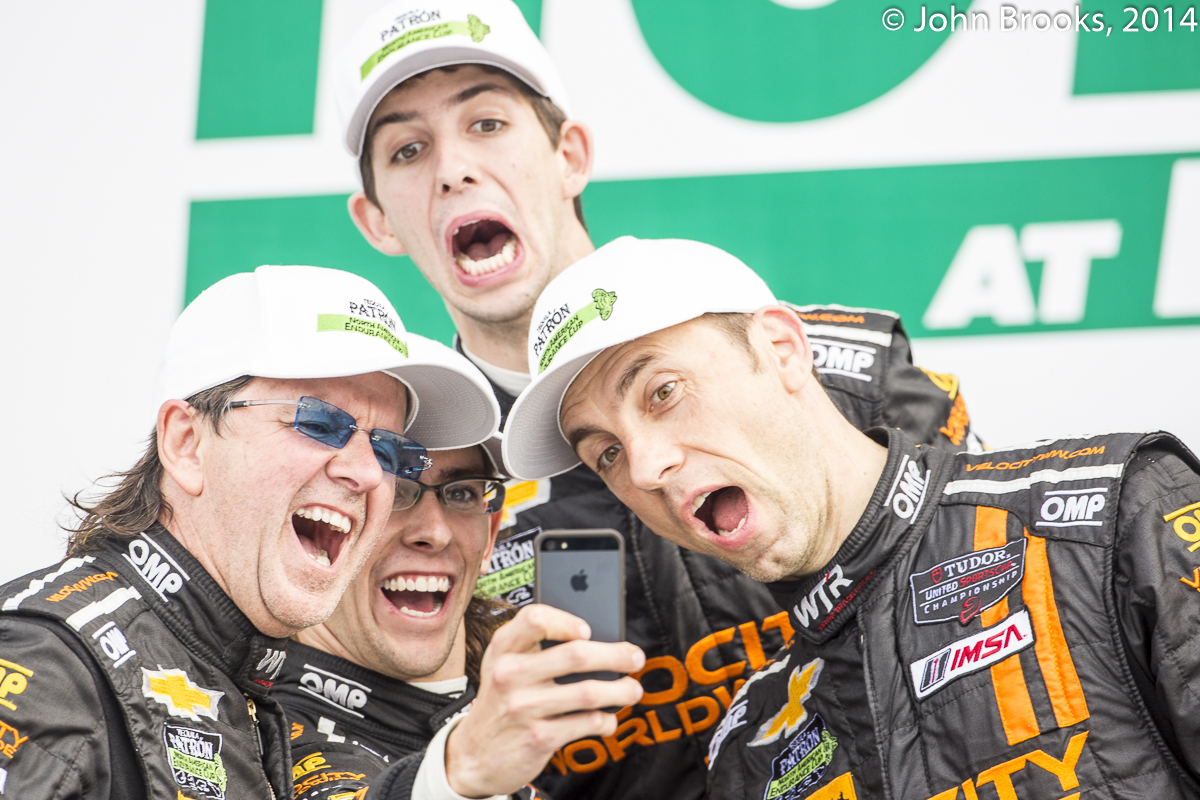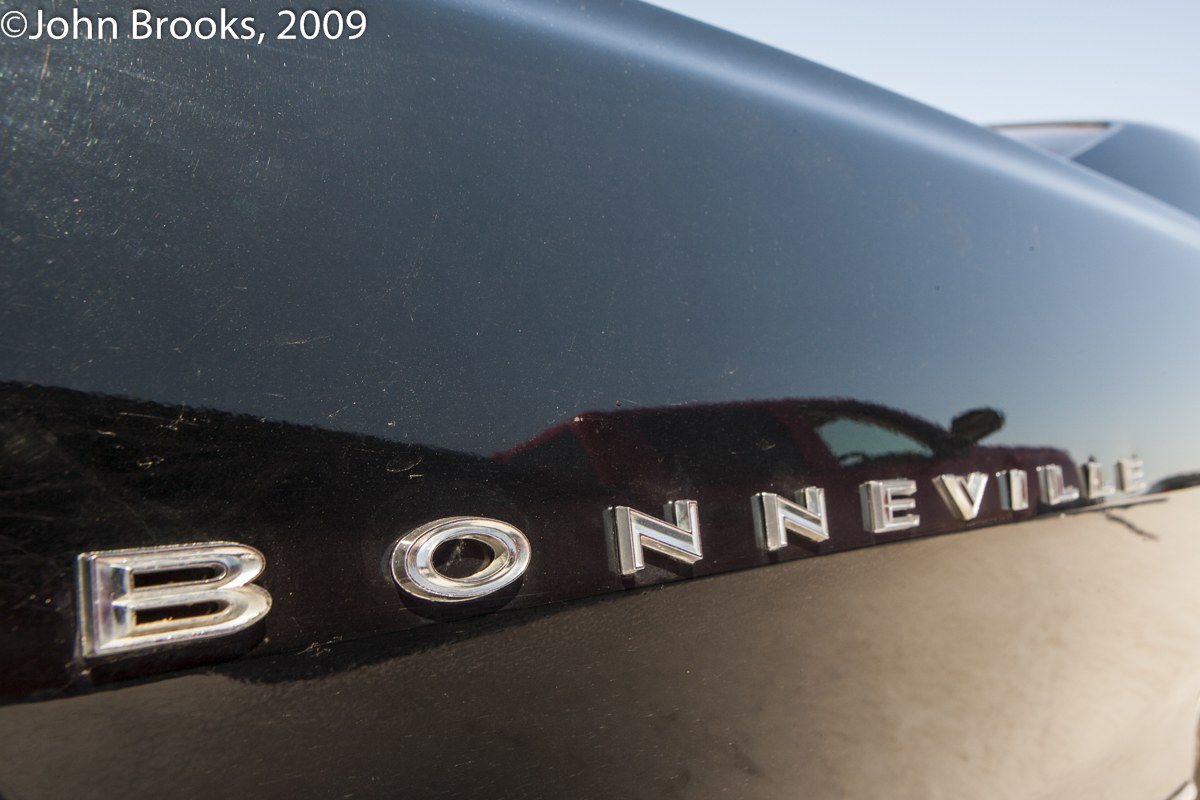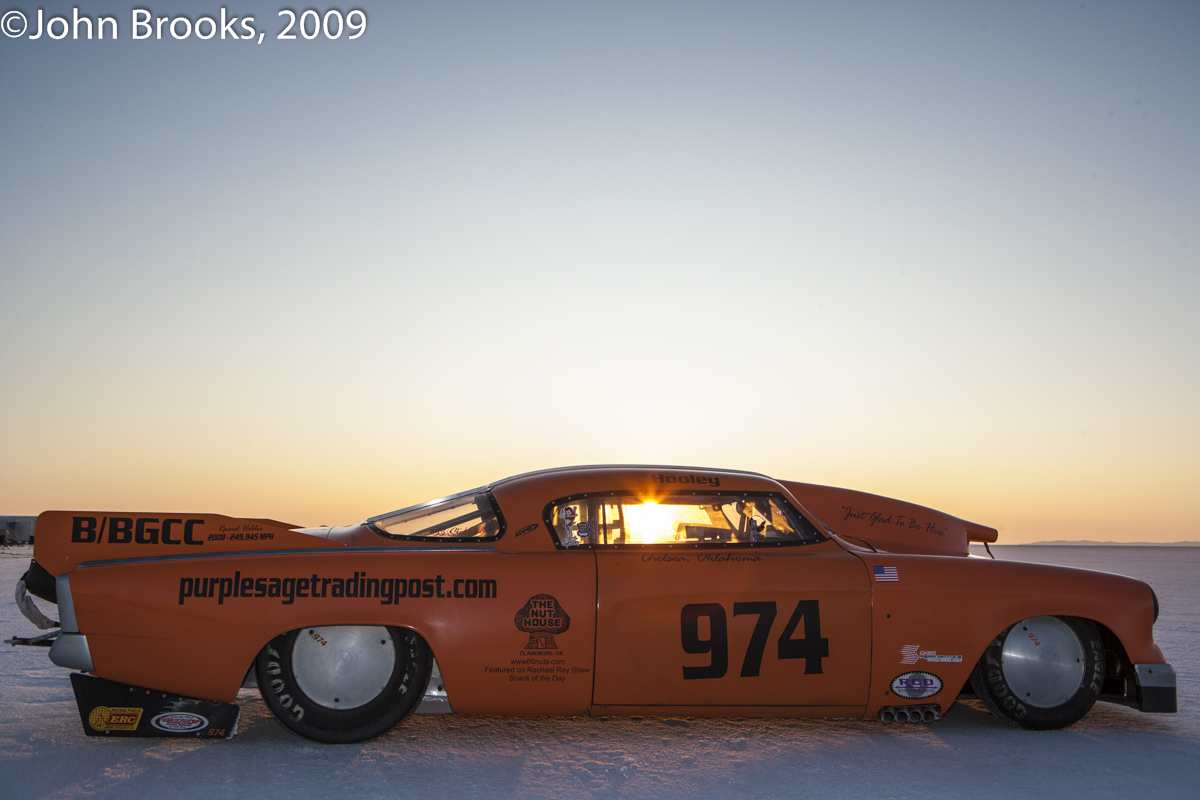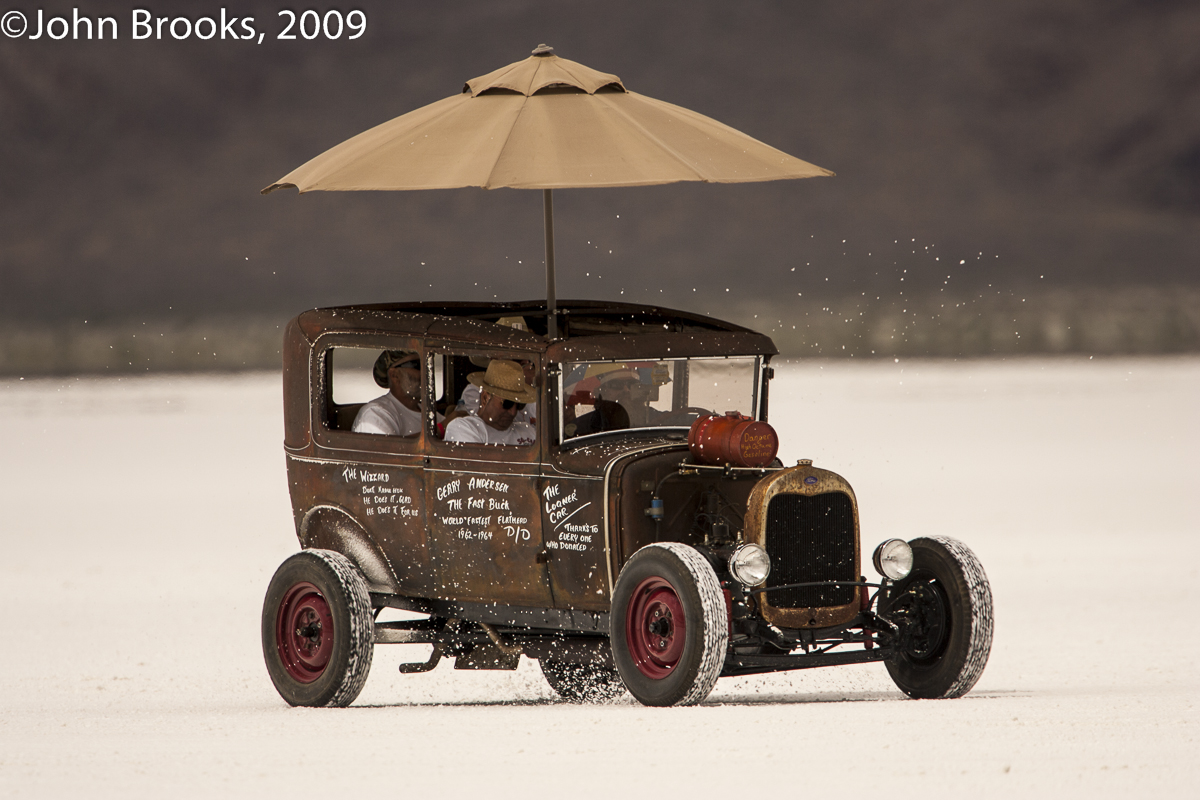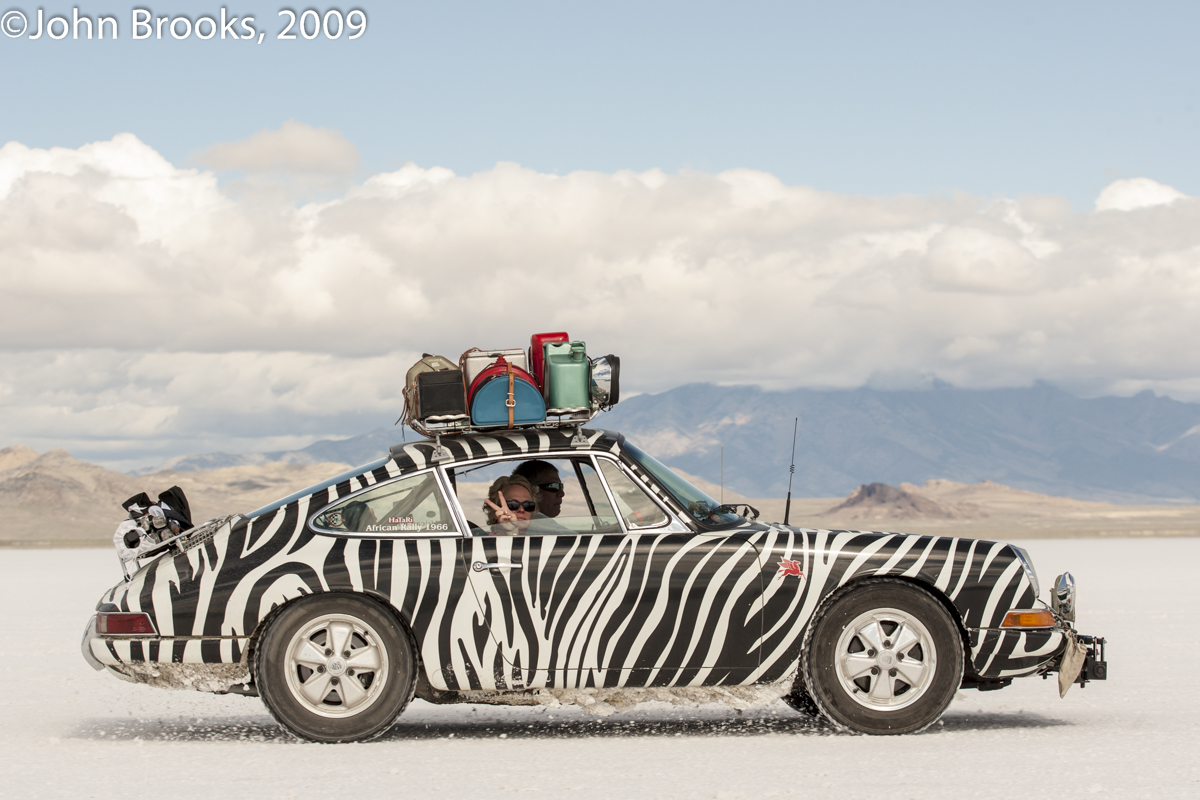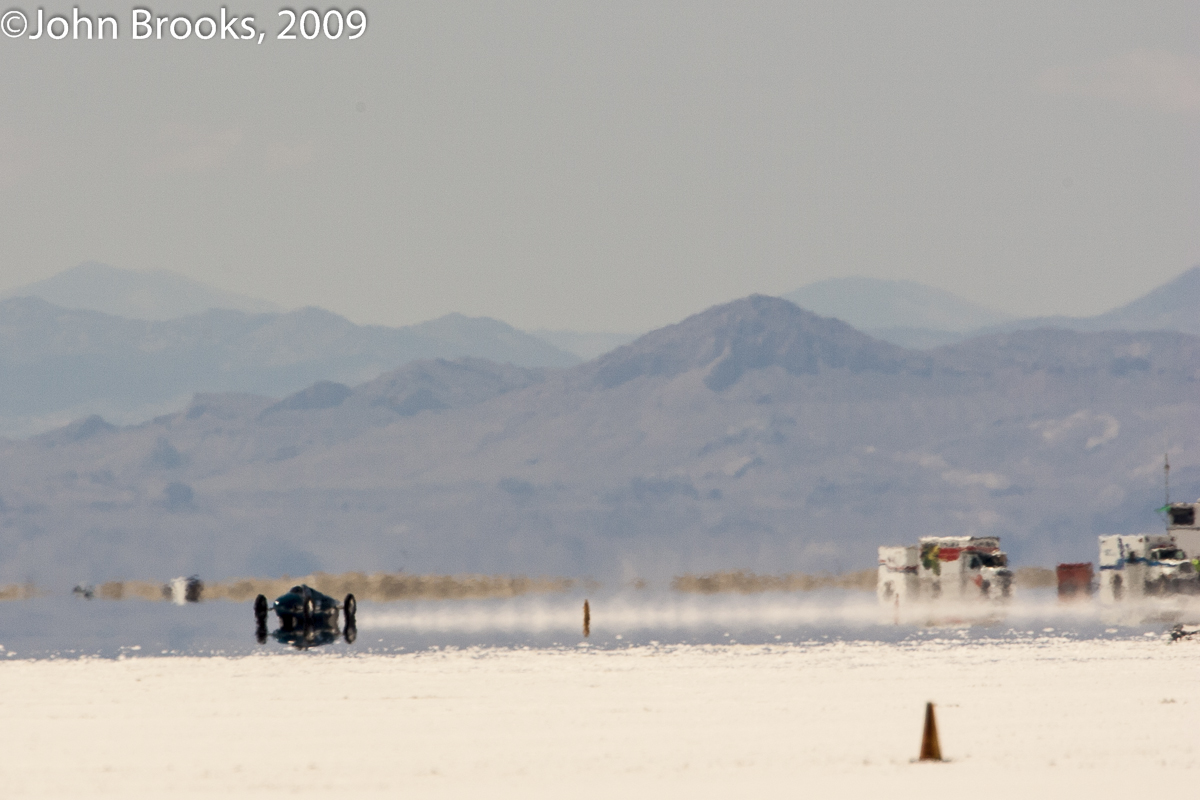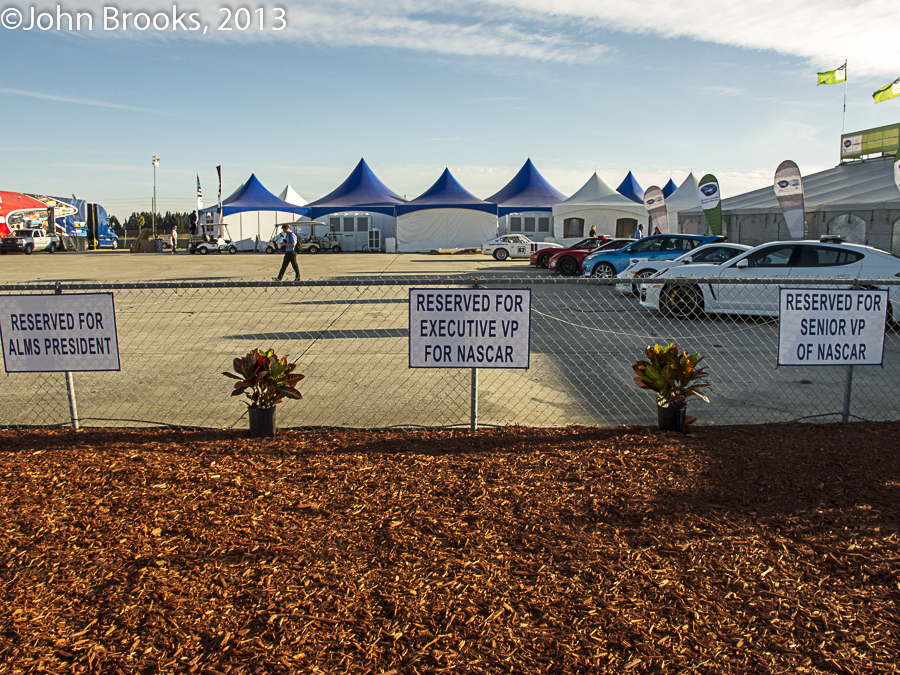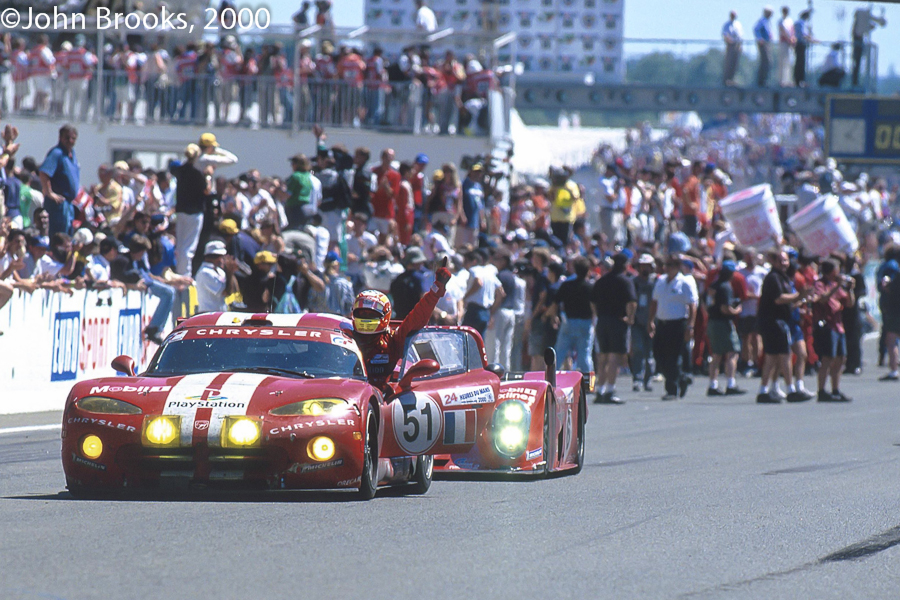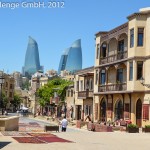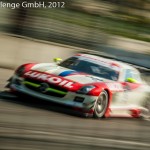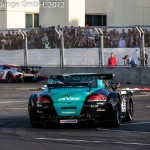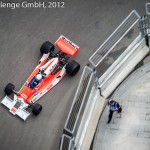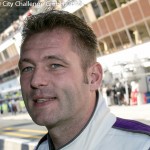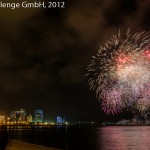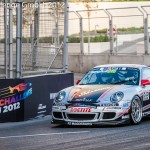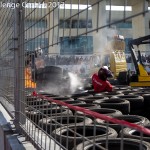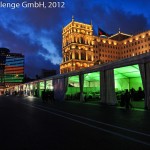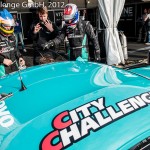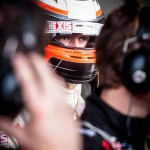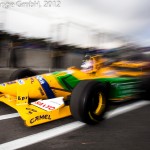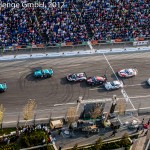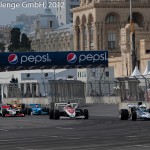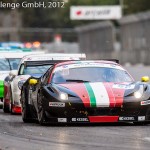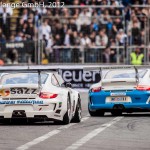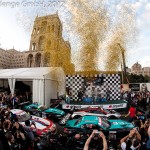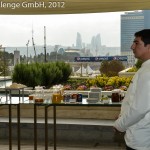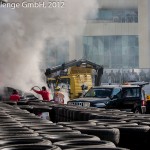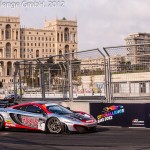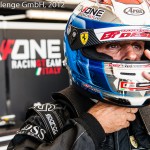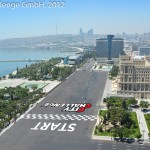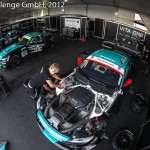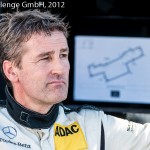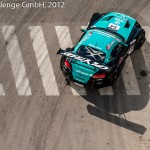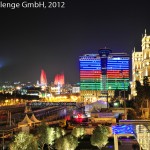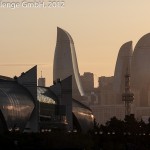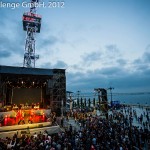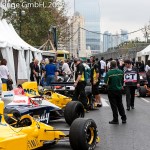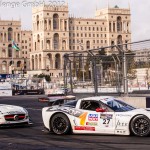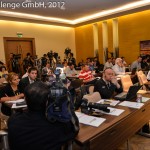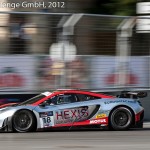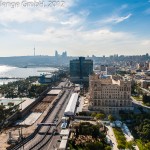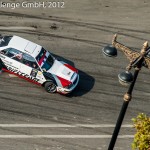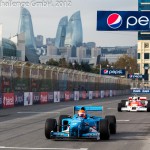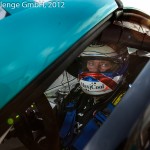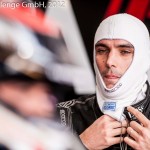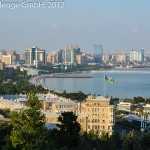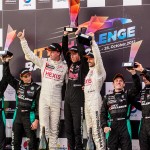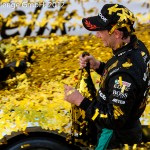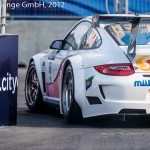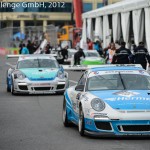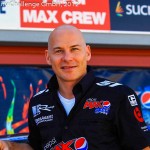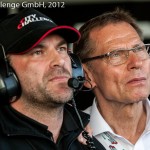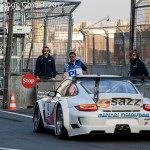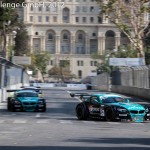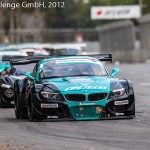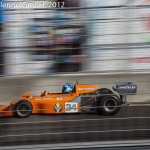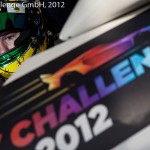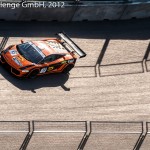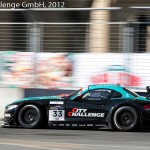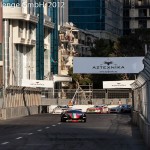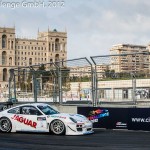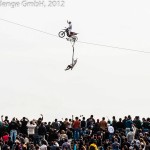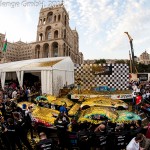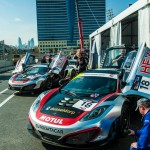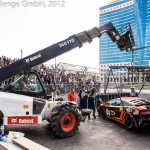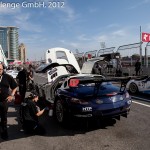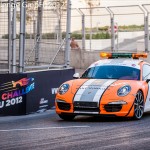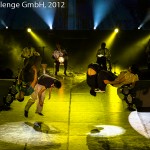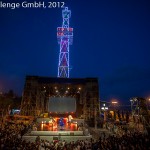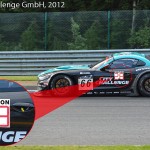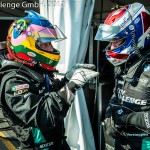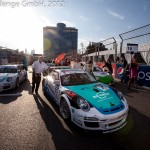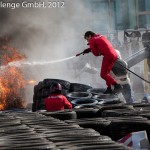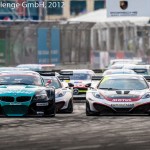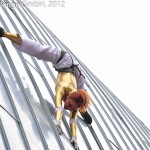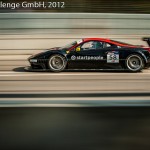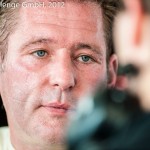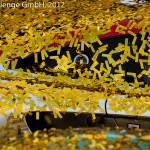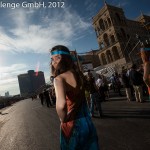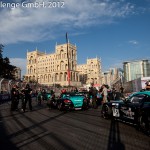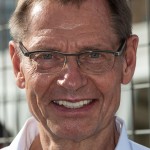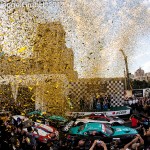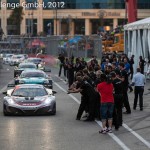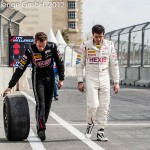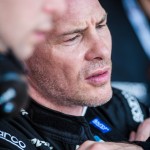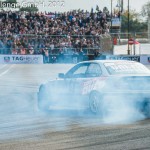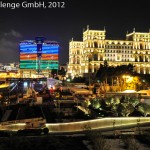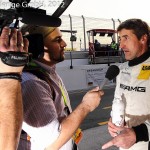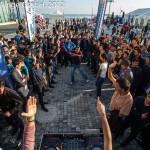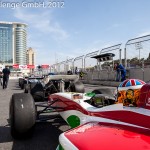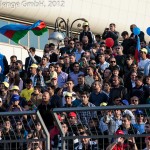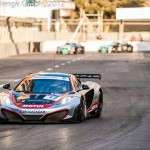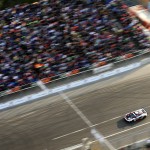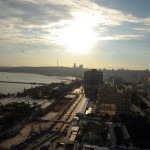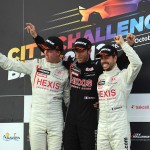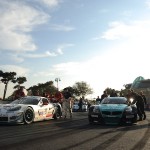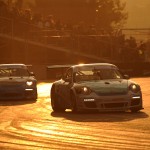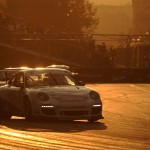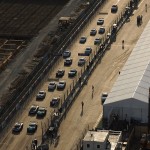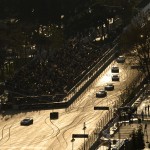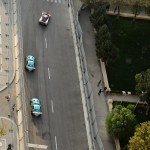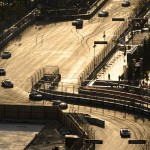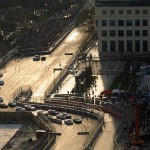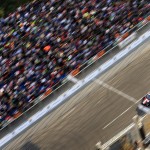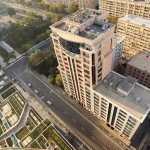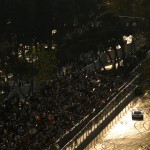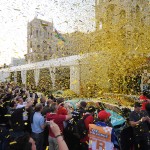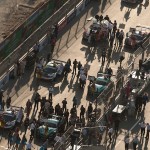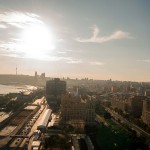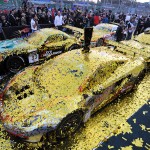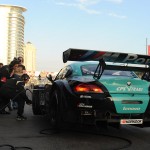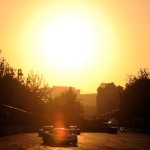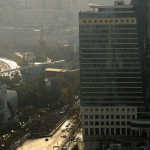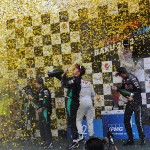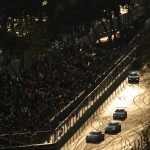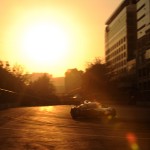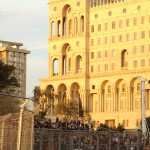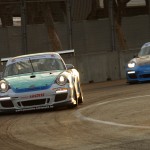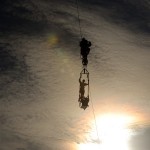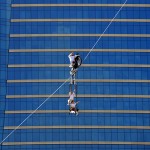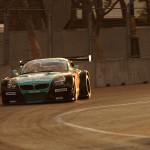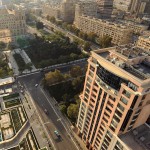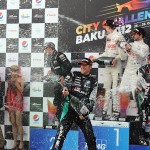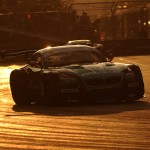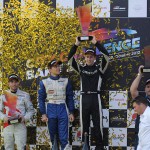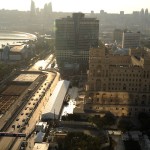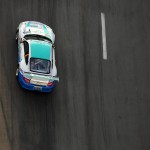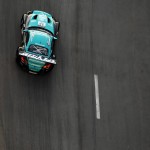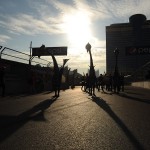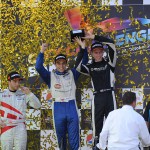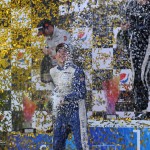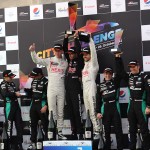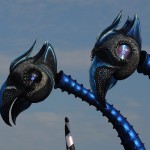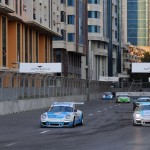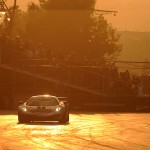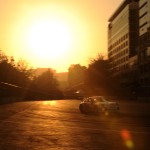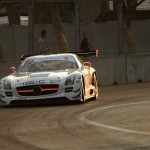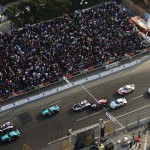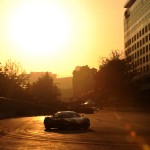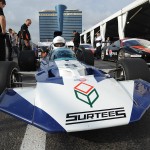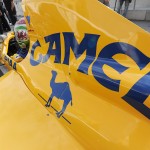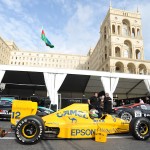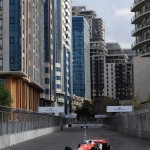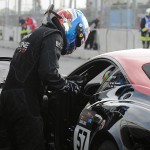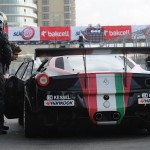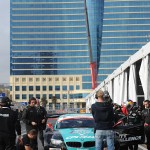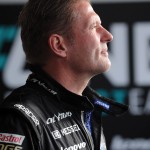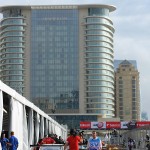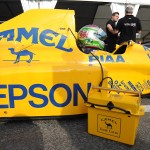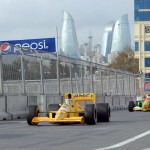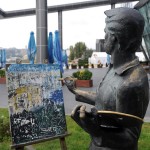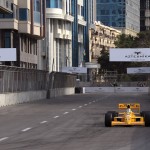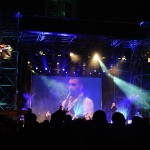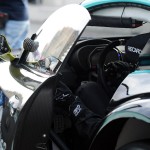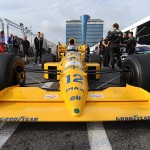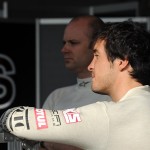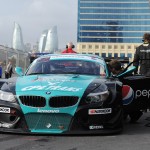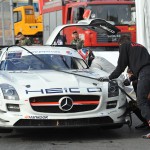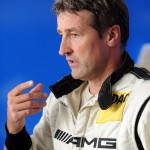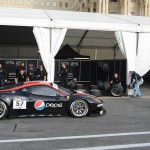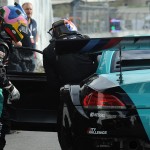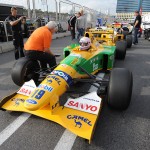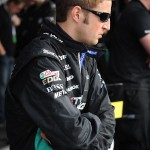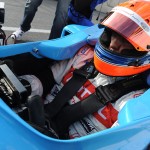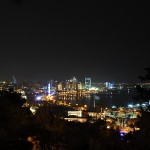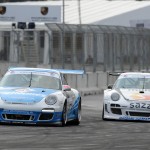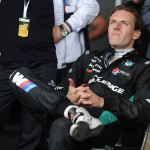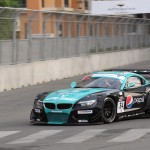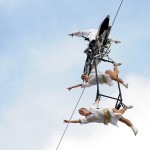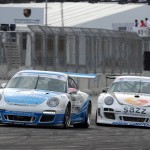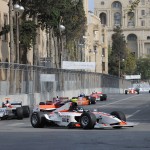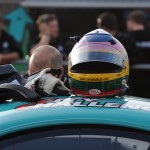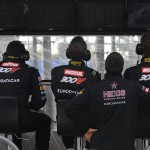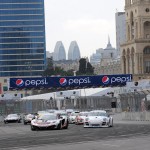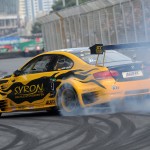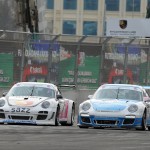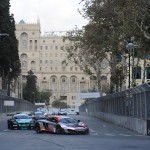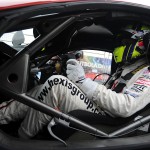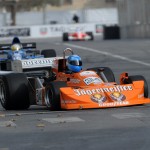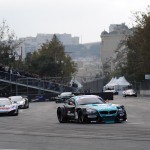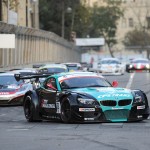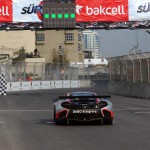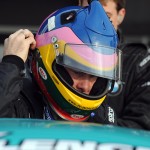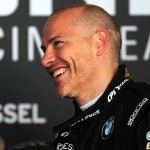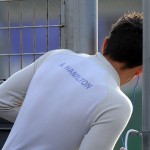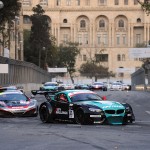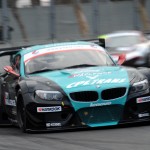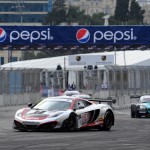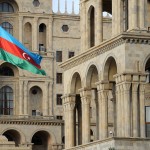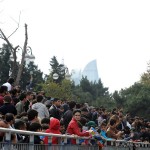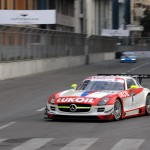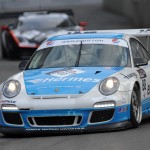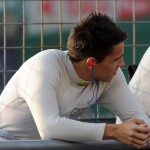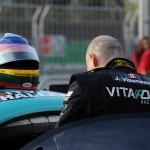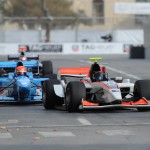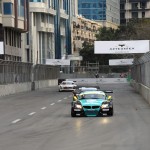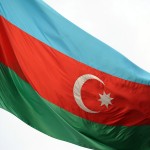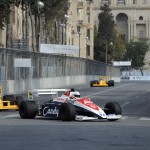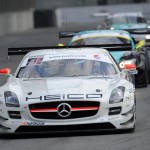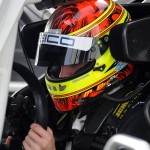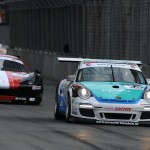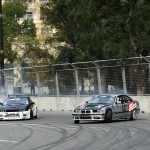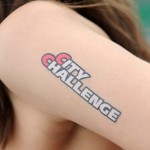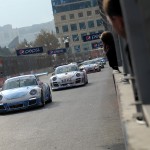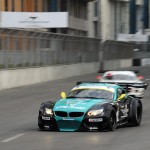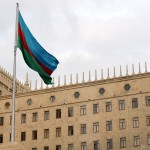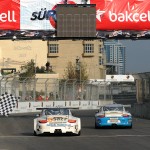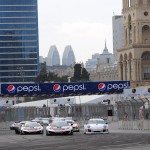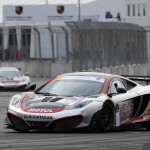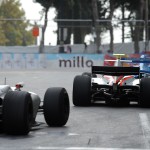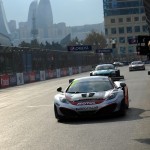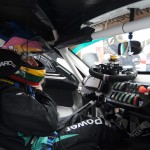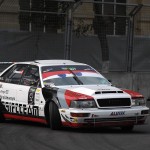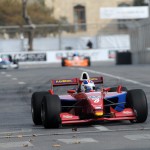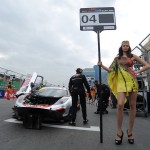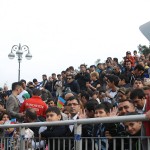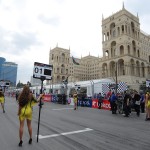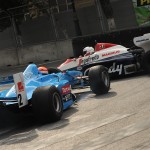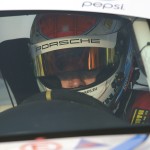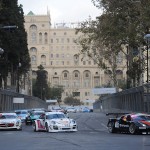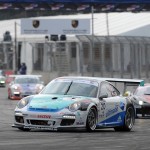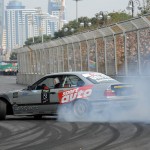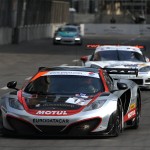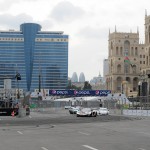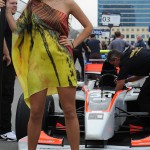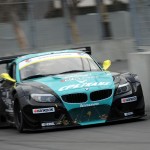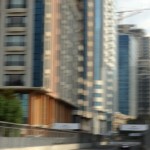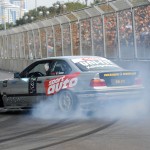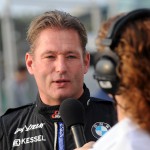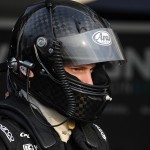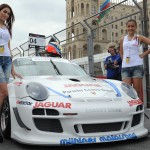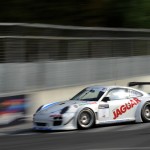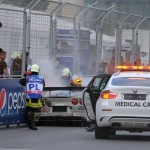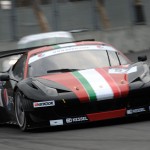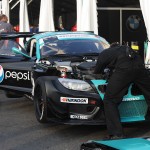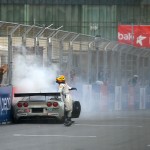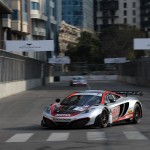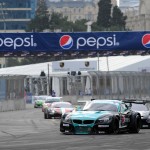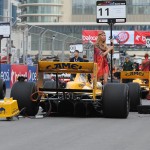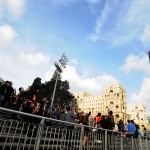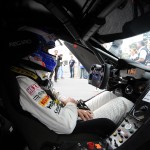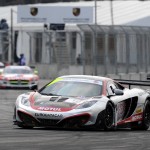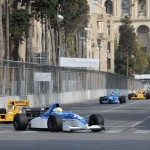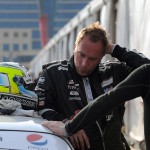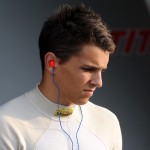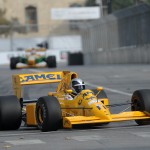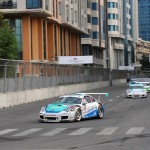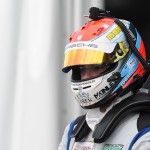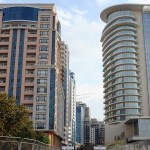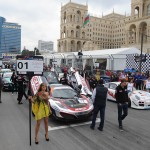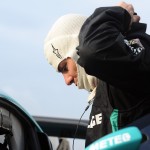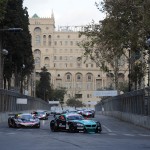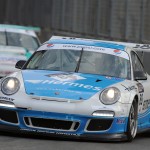Janos Wimpffen sends us an updated despatch from the shores of the Caspian Sea, as ever his analysis cuts straight to the chase. Having been fortunate enough to have fantastic imagery from Pedro, we are now doubly fortunate to have available from the organisers, some of David Noels’ excellent work I understand. NB the press manager, Rene de Boer, now informs me that the great images below are also the work of Raymond de Haan, so I am pleased to give credit where it is due.
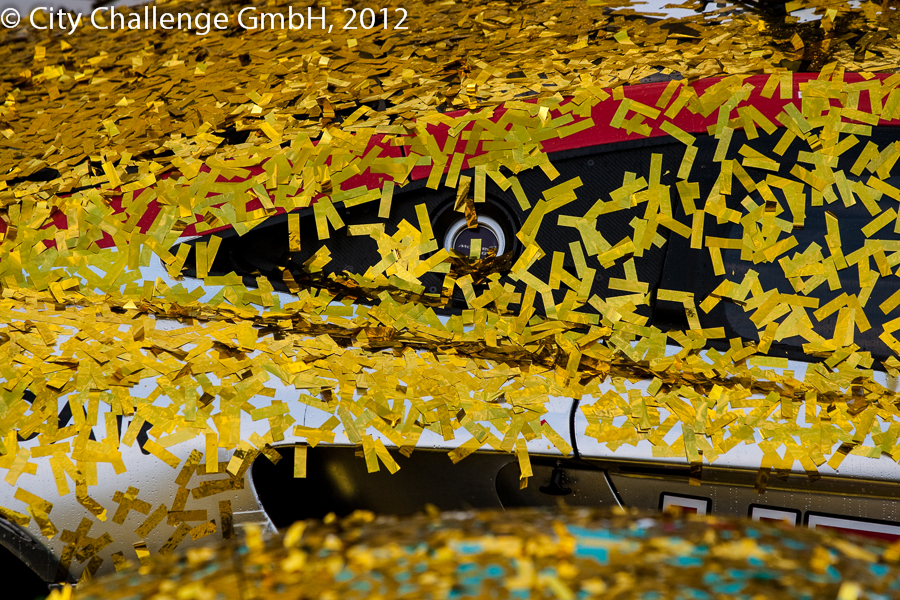
Zero to 100 in a Few Days
The City Challenge GT race held in Baku, Azerbaijan on the last weekend of October may have been off the radar for many racing fans. It shouldn’t be. It was a great successful on many levels. In addition to some fine track activity, the organization and atmosphere was top notch. It should herald a new era of street circuit racing and has opened many eyes to how motorsport can expand its horizons to new markets and conversely, how some excellent corners of the globe can be exposed to the motorsport community.
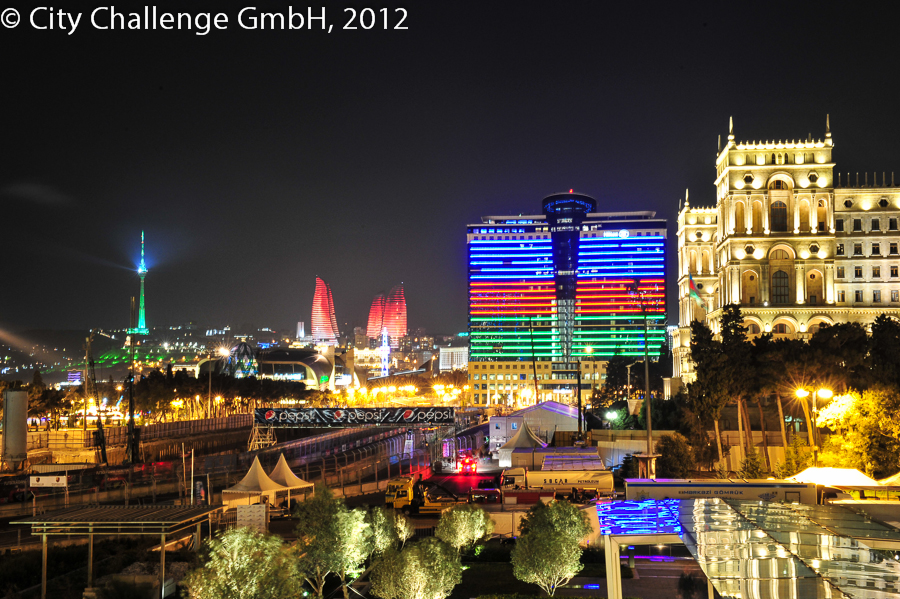
Throughout the past few decades both Formula One and Sports Car Racing have been exported to ever more exotic locales. Each move has expanded the global horizons of the sport. The City Challenge race in Baku proved to be a success on a large scale, bringing top level GT racing to a local audience of tens of thousands and broad TV coverage of a new age of street circuit racing.
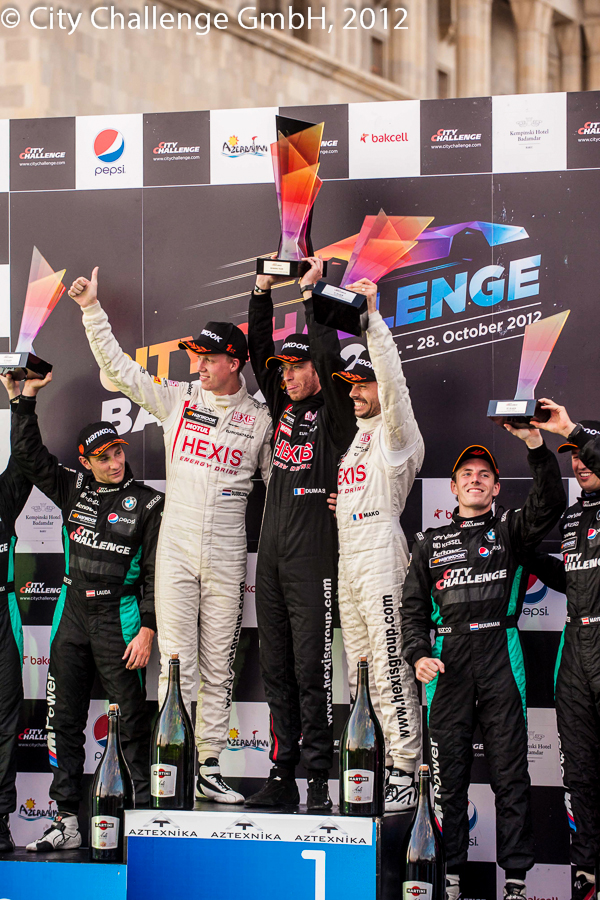
The short of it was that the pairing of Fred Makowiecki and Stef Dusseldorp scored a convincing win in the Hexis Racing McLaren MP4-12C. The 3.8-liter turbocharged supercar has proven to be formidable in these sprint settings. They had to overcome a persistent challenge from three BMWs entered by anotheroutfit regularly seen on the GT circus, the Vit4One Racing Team. The Z4 of Frank Kechele and Mathias Lauda was rarely more than a few seconds behind the eventual winners.
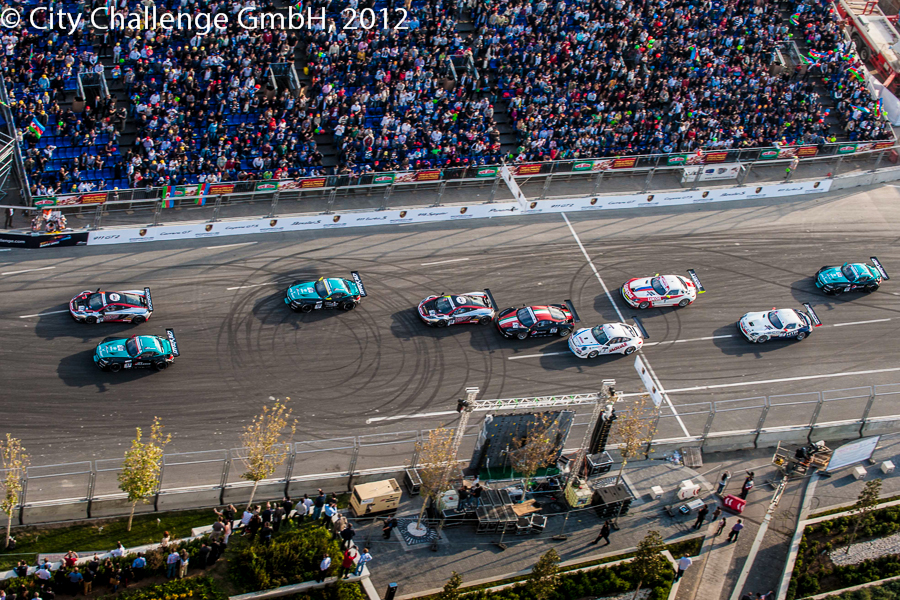
The past few seasons have proven to be both the best and worst of times for GT racing. The American Le Mans Series has revelled in the production based class as it has provided some of the finest contests in that championship. Apart from North America, the GT3 specification has become the global norm and many of the nationally based series using the corresponding balance of performance based rules have seen ample fields with a mix of professional and amateur drivers. However, the concept has struggled at the highest level with the FIA GT1 World and European GT3 Championships both foundering. The former, which despite the name used GT3 based machinery, was cancelled after a mediocre 2012 season.
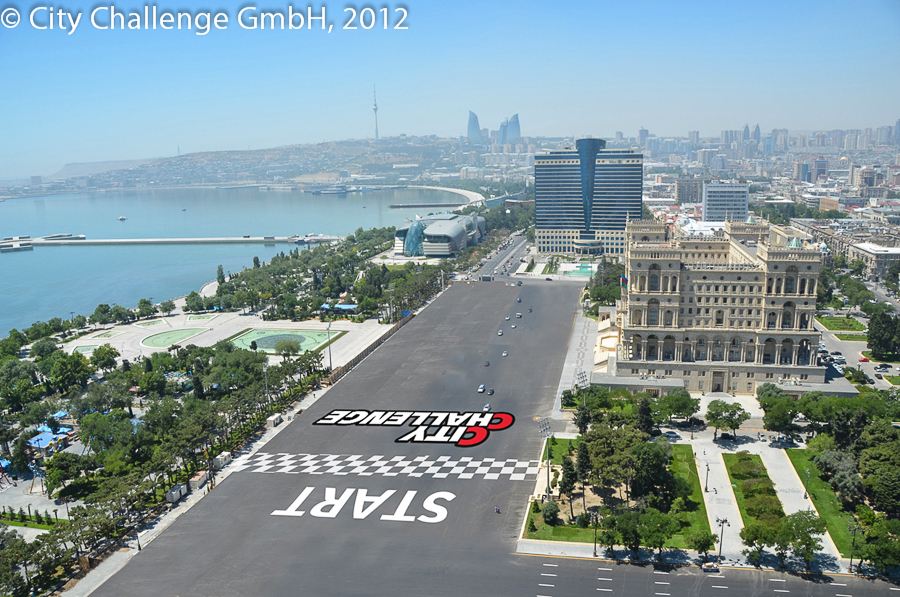
Undaunted, the German based City Challenge company launched a new GT3 formula concept this October. They had previously been associated with FIA GT races held in downtown Bucharest, Romania, in 2007-2008, and now ran a pilot race for a potential series of an urban based championship a year or two down the road. The chosen venue this time was Baku. A quick geography lesson: it is the capital city of Azerbaijan, a former Soviet republic in the Caucasus area, bordering the inland Caspian Sea.
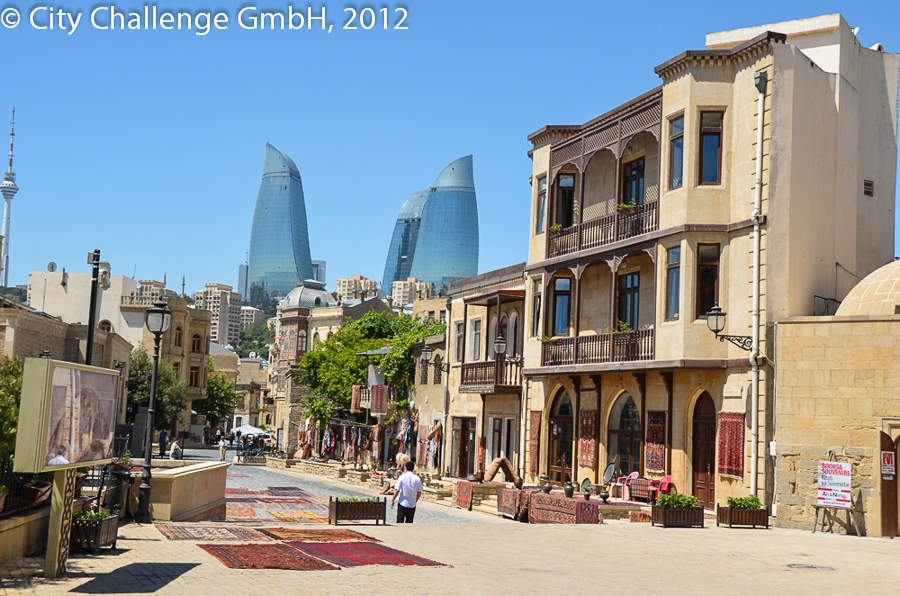
Baku is a quite prosperous locale, currently undergoing an oil boom with a pipeline that feeds Europe. It had seen such oil riches in the days of the Rockefellers in the 19th century as well as success much earlier as a transport hub for the silk trade. As a result there is wide mix of building styles, with some spectacular new architecture. Although there is some volatility in the region (Iran borders on the south), the Turkic Azeris enjoy a very stable setting.
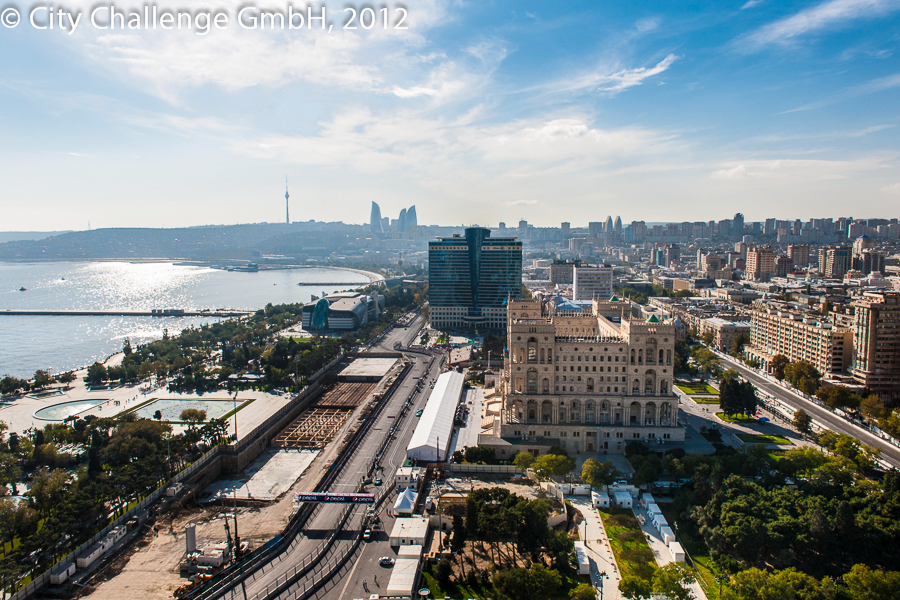
The short (2.4-kilometre / 1.3-mile) circuit has been laid out near the waterfront and around a complex of government and hotel buildings. It has the usual string of 90-degree bends, interspersed by a few chicanes to manage entrance speeds. The front boulevard is wide and long enough to allow the odd pass or two.
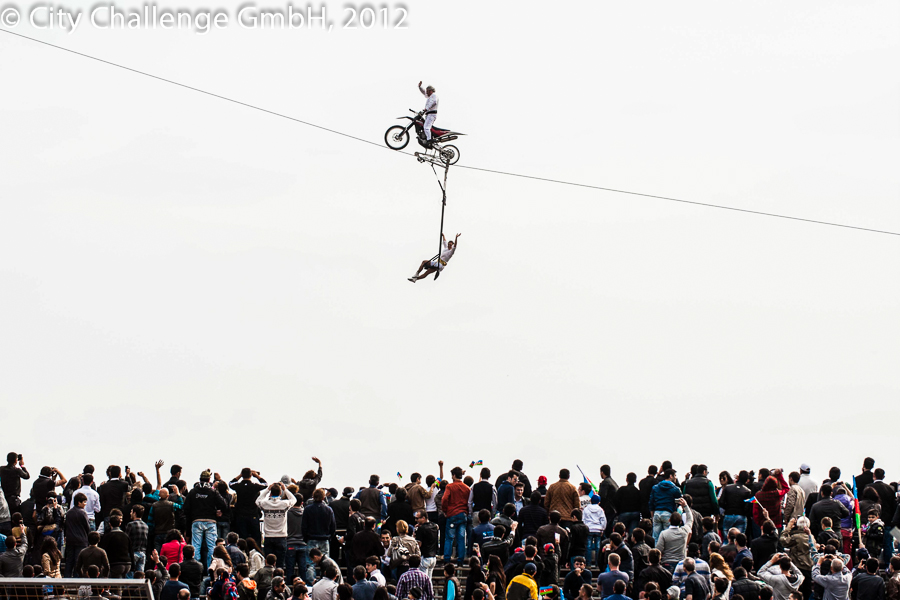
The City Challenge is more than just a motor race with a plethora of music and arts events as well such as a Cirque du Soleil like acrobatics show. Despite the wealth, the country has no motorsport heritage at all, so an event if this stature is a rapid introduction to sports car racing at the highest level. This dearth of a past has led to some odd questions from the local press such as, “how do I sign up to drive?” No, it’s not that amateur.
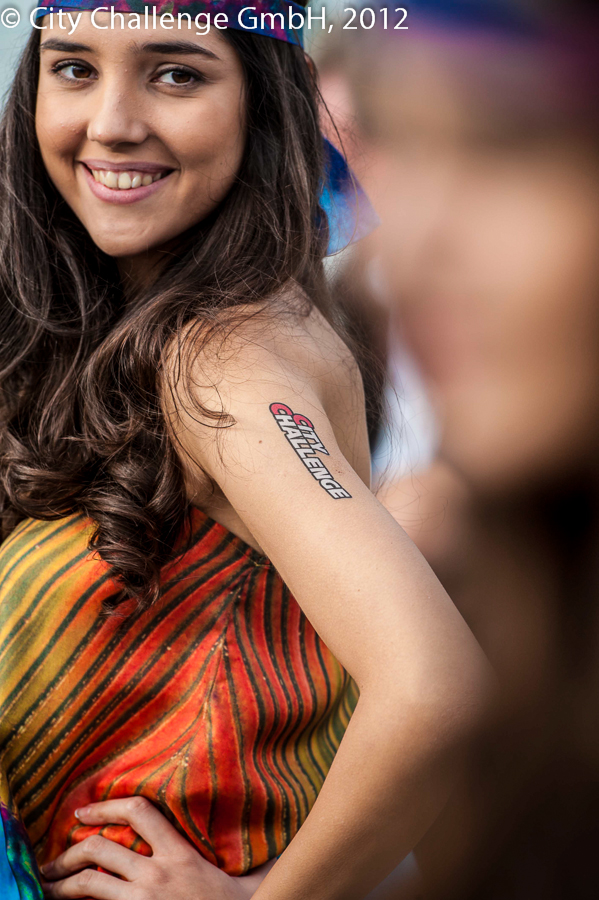
All of the infrastructure, expertise, and most of the teams were imported from Germany, giving the event much of the feel of the ADAC GT Masters series, currently Europe’s most successful GT3 based series. Teething glitches aside, the event proved a great success as both the local and German organizers stepped forward to put together a truly world class extravaganza.
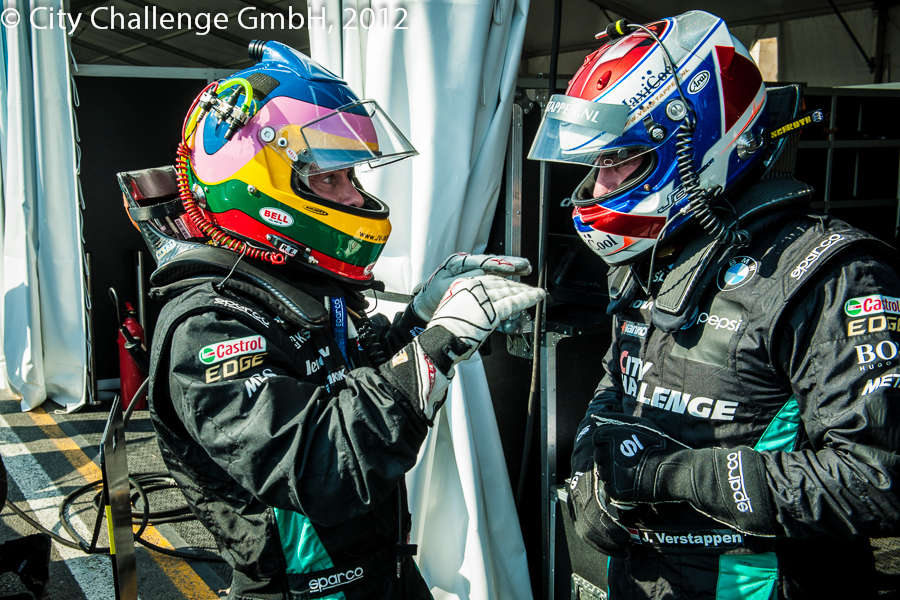
The format of the Baku City Challenge race included five sessions that matter. These consisted of one 30-minute qualifying period for Driver One and another for Driver Two. They set the grid for a pair of half-hour sprint races, again, one for each of the assigned drivers. Saturday’s solo events were followed by the main event on Sunday, a one hour race with a mandatory pit stop and driver change.
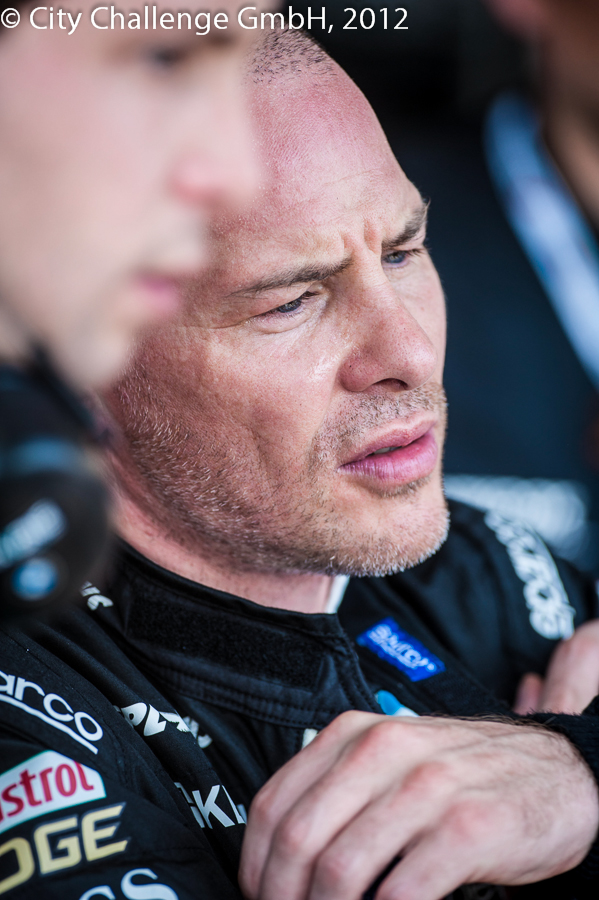
There was also imported star power as former Grand Prix driver Jos Verstappen joined former World and IndyCar champ Jacques Villeneuve in one of the three BMW Z4s in the field. That nearly came undone when the veteran Canadian slapped the wall during one of the free practice sessions. A local welder was summoned. Dragging his equipment into pit lane with an old Lada the BMW was repaired overnight.
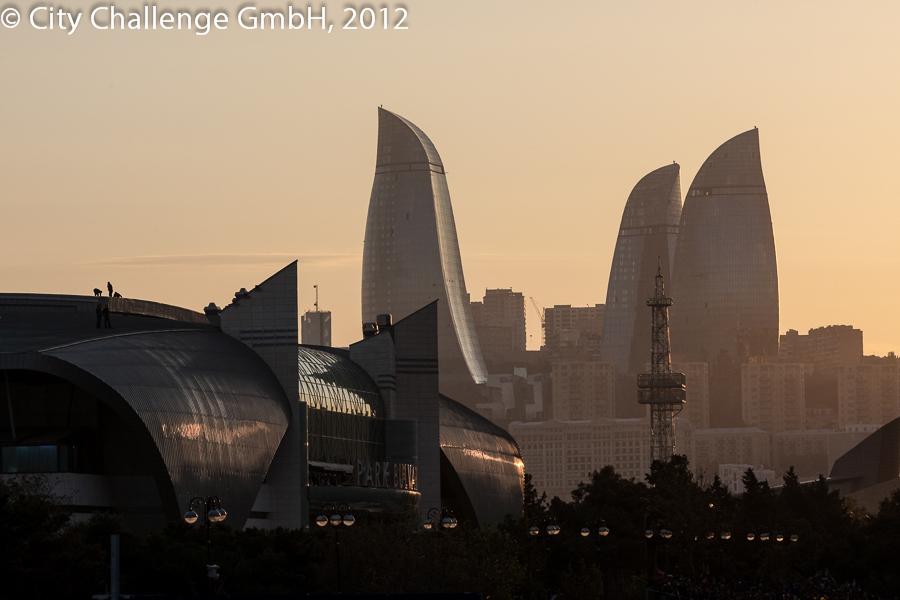
Indeed, this was just one example of an amazing can-do local spirit. In the weeks before the race the German organizers were concerned about the Azerbaijanis ability to construct the course. The benignly autocratic government “urged” dozens of contractors to suspend other projects and it became a 24/7 effort to install barriers and fencing. The results were top notch. One can think of many other countries where the results would have been delayed, slapdash and met with much opposition. In the end, one could sense a keen and genuine pride from the citizenry.

Returning to the race, the sharp end of the field included Franck Kechele and Matthias Lauda (Niki’s son) in one of the other Vit4One BMWs and a pair of McLarens from FIA GT champions, Hexis Racing. Another headline driver was Bernd Schneider in one of the Heico Motorsport Mercedes SLS AMG gullwings. Two Corvettes, three Ferraris, and a seemingly endless string of Cup and R-type Porsches completed the 24-car entry. The word “entry” is important to remember as the unforgiving concrete walls of street courses have a tendency to eat cars.
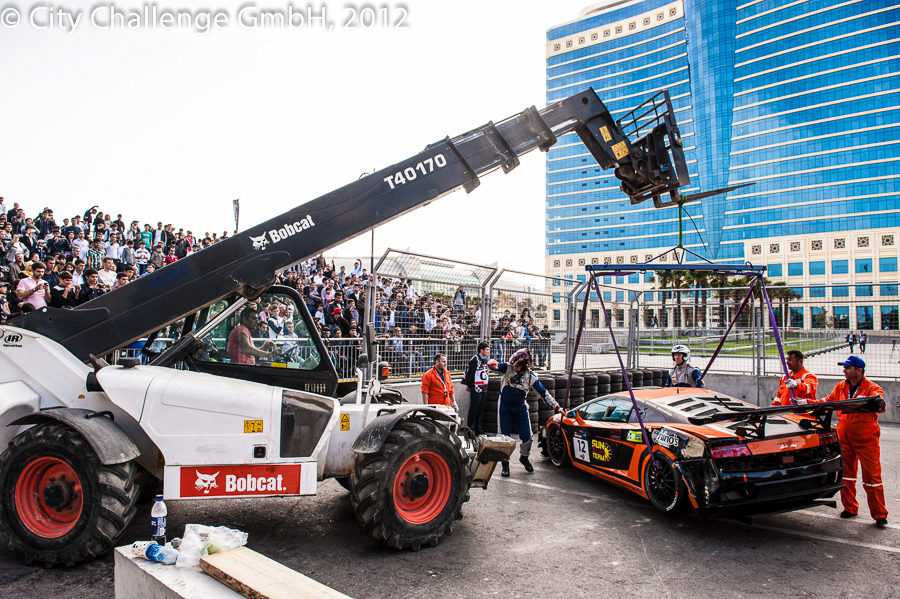
For that reason it is not even worth mentioning the three Lamborghini Gallardos none of which even made it to the first sprint race.
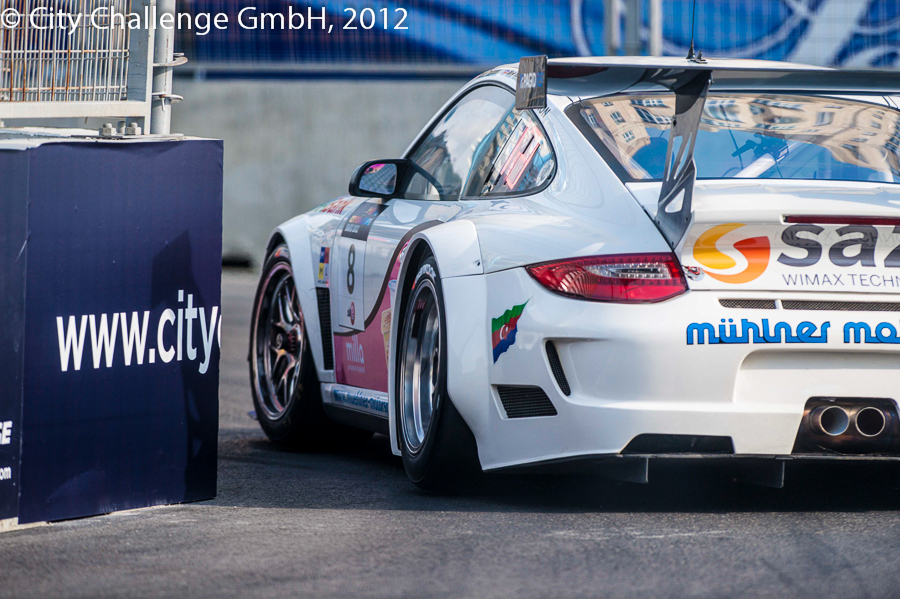
Kechele, Sean Edwards (Mühlner Motorsport Porsche), and Fred Makowiecki traded the top spot in a spirited opening qualifying with the latter’s McLaren prevailing. Makowiecki’s co-driver, rising star Stef Dusseldorp, also claimed the pole for the second sprint ahead of the BMWs of Lauda and Nicholas Mayr-Melnhof.
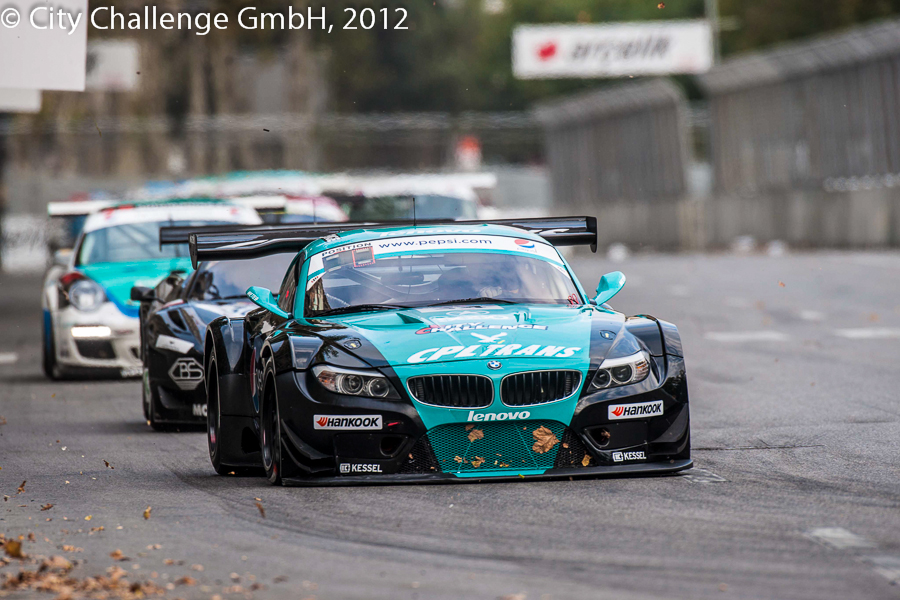
All indications were that the races would be fought between the BMWs, the McLarens, and the Edwards Porsche as these three marques were alone in swapping the fastest times.The first sprint was hard to describe as anything but processional. Makowiecki led from green to checker with Edwards only able to close up briefly when the McLaren bobbled at one of the chicanes. There were no position changes among the top eight but at least everyone stayed on the island.
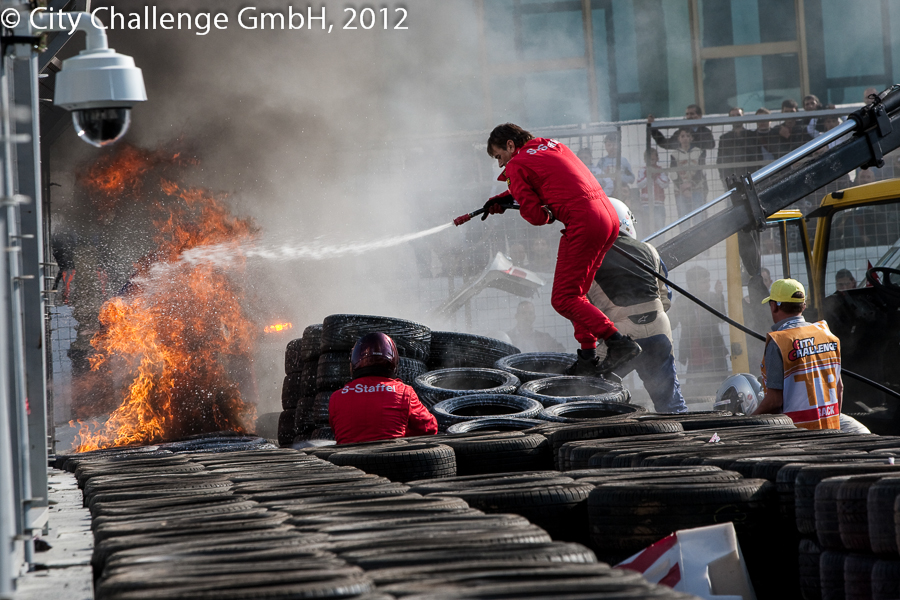
The same could not be said for the second sprint. There was some modest chaos at the start when the mid pack runners arrived at the first chicane. Some took to either side of the rumble strips while at least one Porsche launched over the miniature markers. All continued without any real contact. More important for the race there was also some jostling at the front with Lauda edging past Dusseldorp while Alvaro Parente in the other McLaren demoted the rest for a hold on second place.Just as it appeared that there would be a good four car tussle there was a collision further back between a Ferrari and a Mercedes. Both cars kept going but Giacomo Barri’s damaged 458 was spilling fluid and the following Corvette of Mitch Mitländer spun on the coolant and clouted the wall, bringing out a red flag. After a 20 minute delay the field was released for a second time. Again we looked set for a good fight but eight minutes later the remaining Corvette was involved in a far more serious incident. Jürg Aeberhard struck the wall hard at the lap ending Turn 16. The car caught fire and although the driver scrambled out safely on the passenger side the wall had been moved a good meter and debris was scattered in every direction. The race was stopped again—this time for good. As the nearest Chevrolet parts supply house is the better part of a continent away, the starting field for Sunday’s finale dwindled once more.
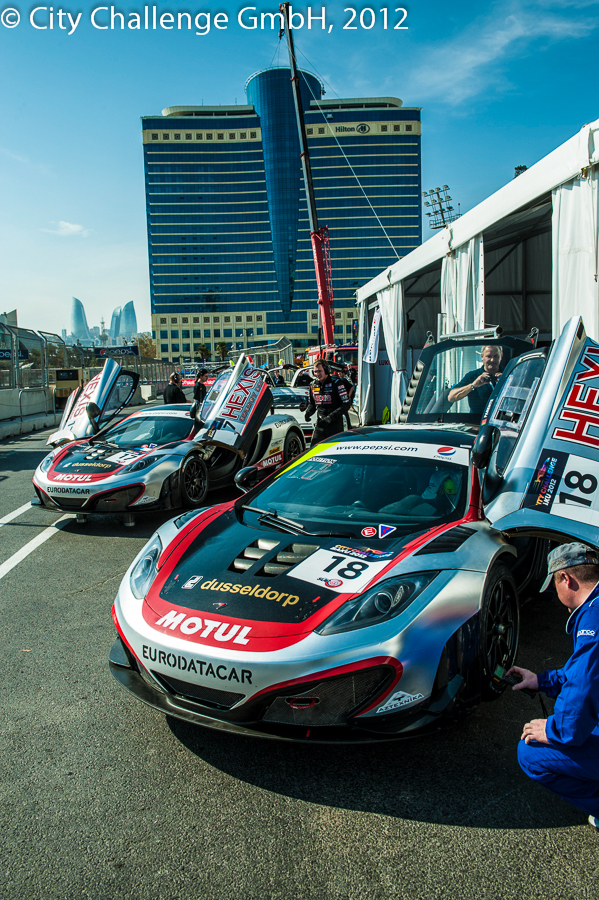
It seems that neither of the big American cars was able to get their tire temperatures quite hot enough. The results certainly spoke to that possibility.The grid of the one-hour feature was to have been based on the aggregate of the two sprints. However, the stoppage led to some head scratching as to rules interpretation. It was decided that due to a clause in the regulations the grid for the 60-minute run would be based on the results of the morning’s second qualifying and the first sprint. Thus the carnage filled second sprint was beside the point.
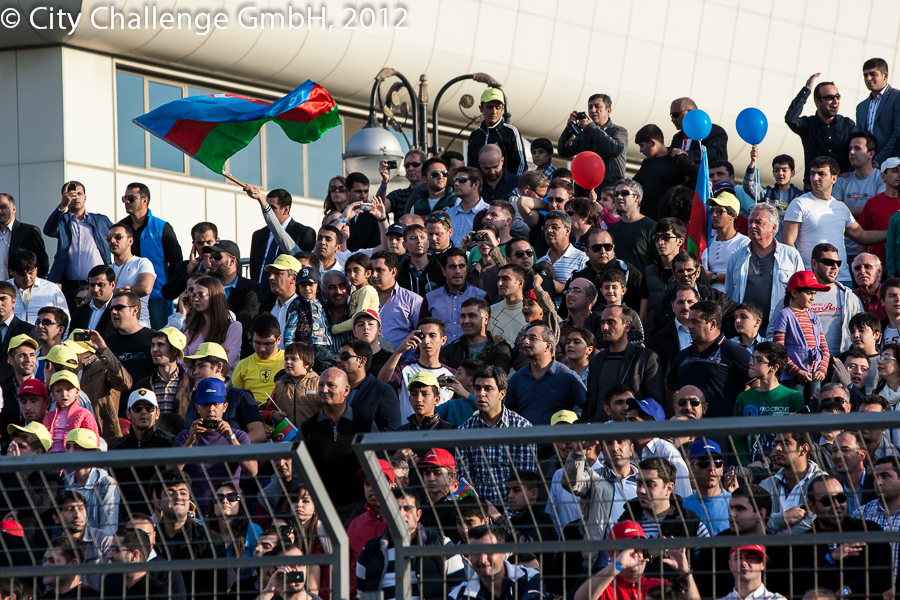
At least the large crowd was well entertained, not only by the circus and music, but also by a historic F1 race and a drifting demo.
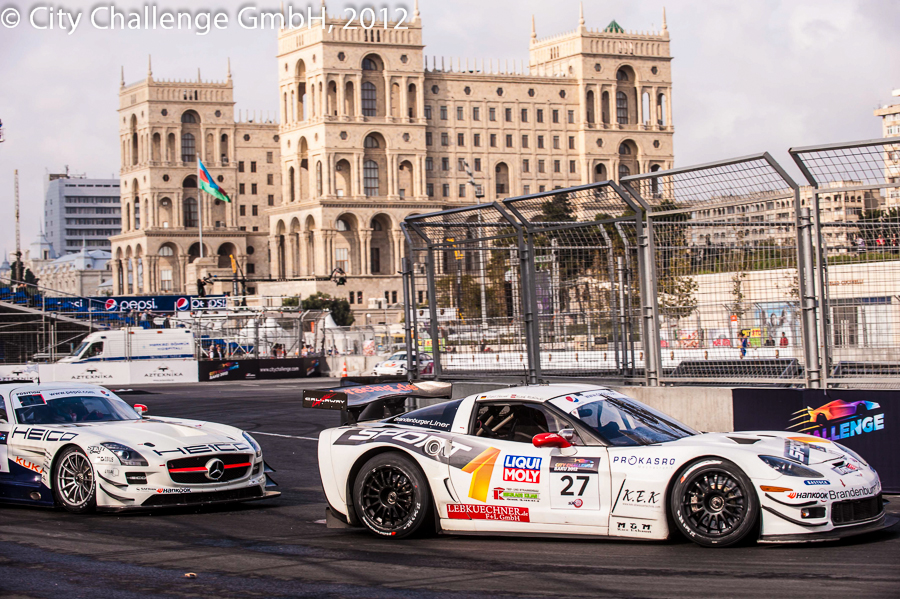
The less damaged Corvette was repaired for Sunday and there was a driver change in the No. 66 Porsche. Team owner Timo Rumpfkeil stepped aside in favor of a rising Dutch star, Beitske Visser, who at age 18 is the youngest woman to have won GT races in her home country.
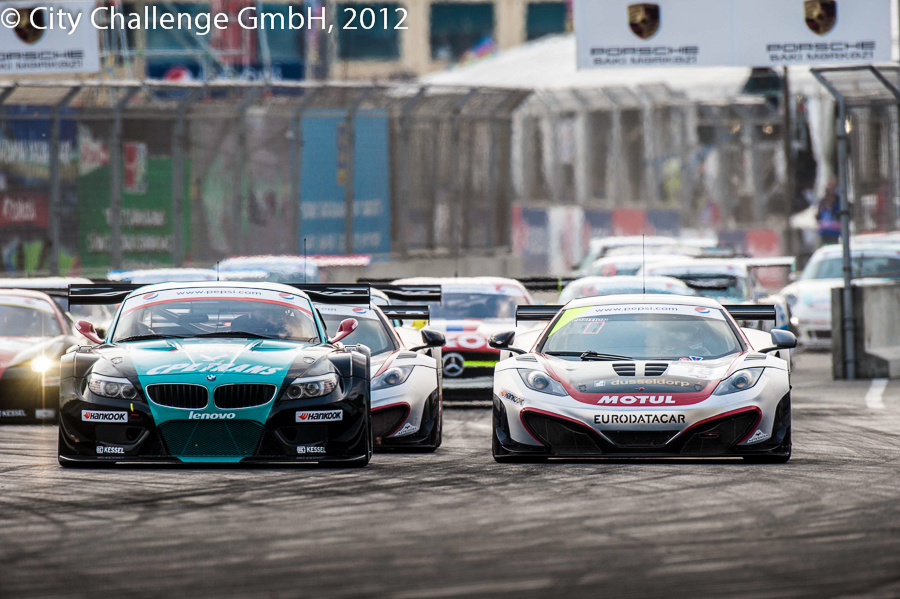
Here was the top of starting grid after it all was settled:
#17, Hexis Racing, McLaren MP4-12C, starting driver, Frederic Makowiecki, 2nd driver, Stef Dusseldorp
#33, Vit4One, BMW Z4, Frank Kechele, Mathias Lauda
#18, Hexis Racing, McLaren, Rob Bell, Alvo Parente
#35, Vit4One, BMW, Yelmer Buurman, Nikolaus Mayr-Melnhof
#6, Heico Motorsport, Mercedes-Benz SLS AMG, Sergey Afanasyev, Bernd Schneider
#57, Vit4One Italy, Ferrari F458, Stefano Comandini, Matteo Bobbi
#9, Mühlner Motorsport, Porsche 997 GT3R, Karim Al-Azhari, Sean Edwards
#7, Heico Motorsport, Mercedes-Benz, Mike Parisy, Maximillian Buhk
#58, Vit4One Italy, Ferrari, Louis Machiels, Greg Franchi
#34, Vit4One, BMW, Jacques Villeneuve, Jos Verstappen.
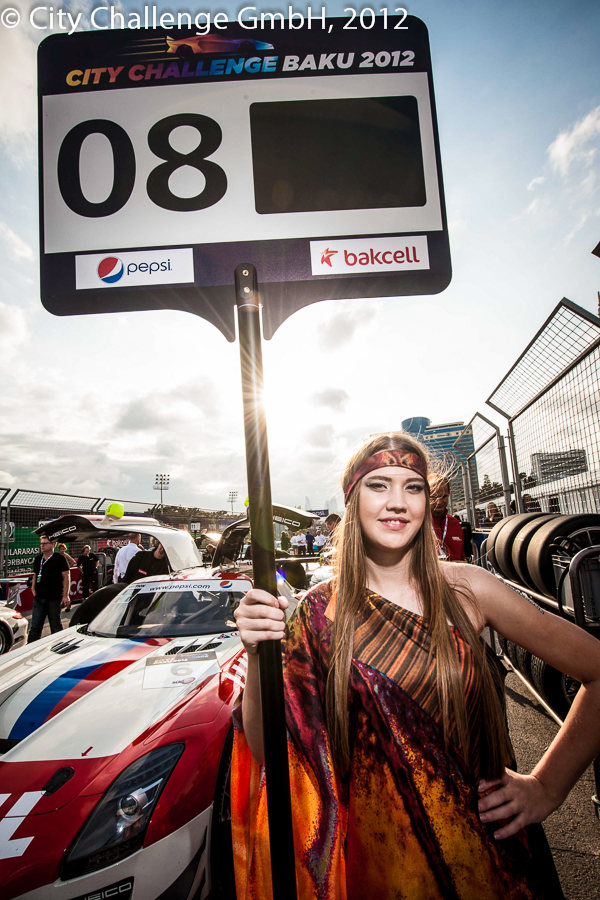
The rules for the 60-minute race called for a mandatory stop coming within a 10-minute window. The stop had to consume at least 75 seconds during which there was a required driver change and a swap of the spec Hankook tires. Most of the teams had learned their lessons and the circuit well enough so that the start was perhaps the smoothest of the three races. Nevertheless, the Tews Porsche grazed the wall and spent much of the race in the pits having one corner repaired. The two Mercedes exchanged a love kiss which was enough to allow Mike Parisy to pass Sergey Afanasyev, but more importantly it played a role in a demon start by Karim Al-Azhari, launching his Porsche past the gullwings.
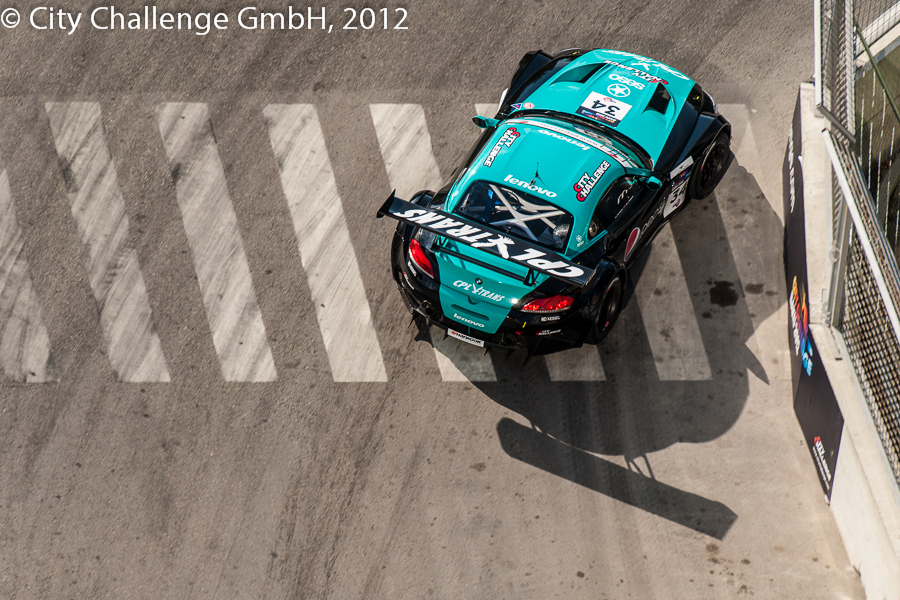
Makowiecki built up a three second lead and this diminished a bit as delicate began of lapping slower cars around the unforgiving corners. The McLaren’s position was solidified a bit when the chasing BMWs became distracted by their own internal fight. Frank Kechele was holding off the advances of Yelmer Buurman but a slide behind the Government House nearly cost the German driver second place. Most of the leaders waited until quite late in the pit stop window to make their required calls, mostly because they were all using their faster drivers at the start and wished to maximize their contribution. Kechele was the first of the leading trio to stop, handing over to Lauda. Makowiecki handed over to Dusseldorp which briefly left Buurman in the lead before the second BMW stopped for a swap to Mayr-Melnhof.
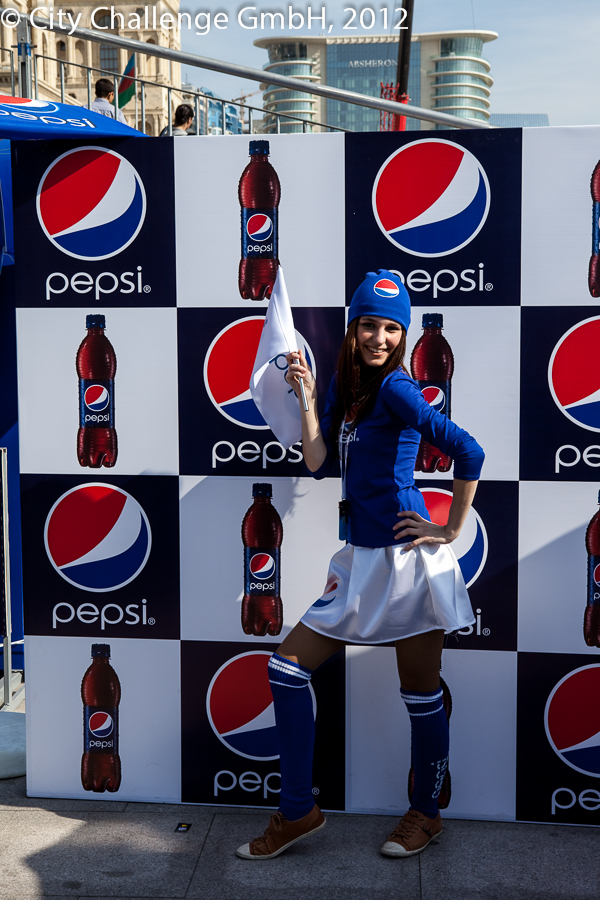
Not all of the stops went this smoothly. The crew of the Easy Race Ferrari neglected to tighten one lug nut and Giacomo Barri took the wobbling car behind the wall on the out lap and not risk catastrophe out on the circuit. One of the other Ferraris was penalized for a pit stop violation and when former GT champion Matteo Bobbi came into the pits to serve the penalty he promptly stepped from the cockpit and with an Italian gesture or two sulked off down the streets of Baku. It negated an excellent start by co-driver Stefano Comandini.
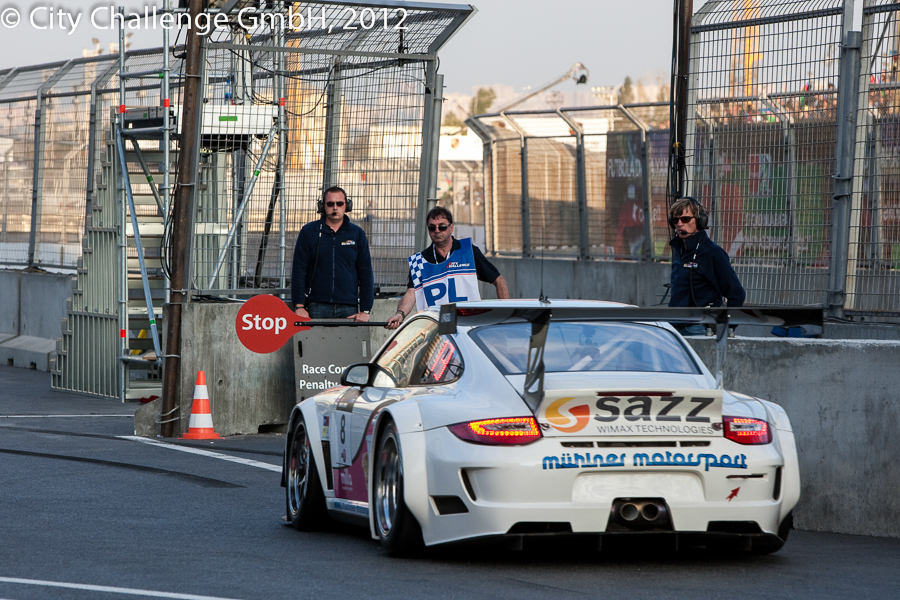
Another car that had run well at the start, the No. 9 Porsche, also had to visit the penalty box, as their scheduled stop had been too short. That squandered the fact that Edwards had set the fast lap of the race. Lauda closed on Dusseldorp during the third quarter of the race but it was clearly going to be the McLaren’s day. Bernd Schneider worked hard to recover spots for his Mercedes and after several laps worked past the No. 9 Porsche. Earlier in the race the lone Corvette had spun, stopped, and continued, but with 8 minutes to run the No. 20 Porsche was stranded on course when its engine electronics went dead. A very short and efficient full-course caution was needed while it was towed off and the balance of the race went on unimpeded with Dusseldorp winning by five seconds. The young Dutch driver expressed the sentiments of most of the participants, “we came with no expectations and are going home very impressed.”
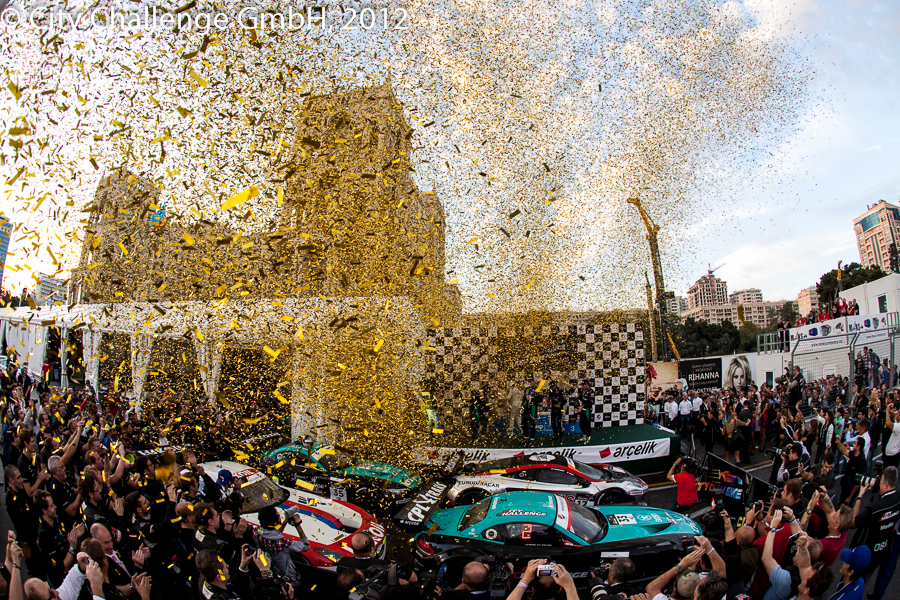
Indeed, the real winners of the inaugural City Challenge race were the street circuit concept, GT racing in general, international motorsport diplomacy, and the people of Baku.
Janos Wimpffen, October 2012


